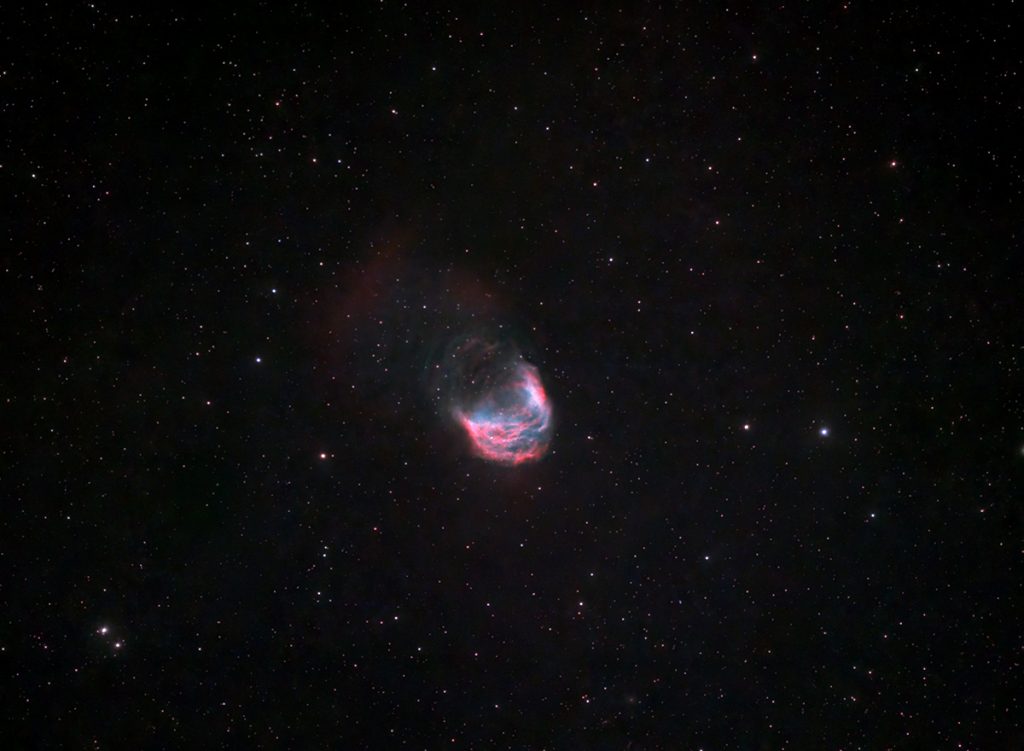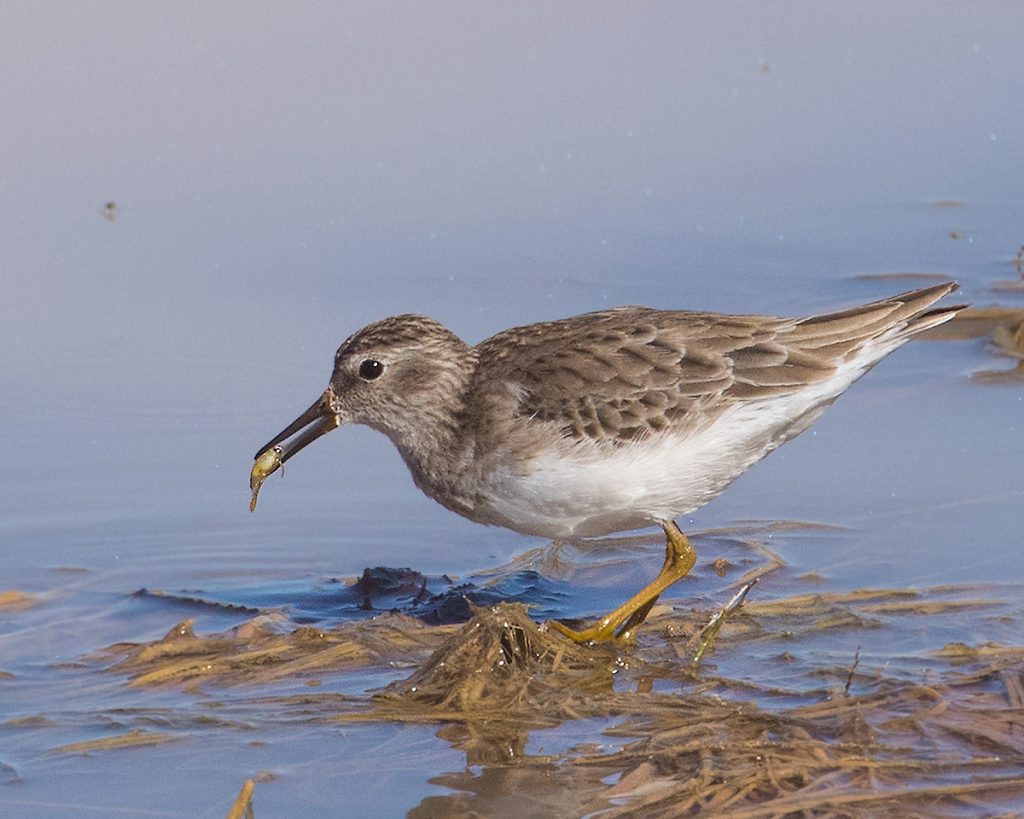I left Pierre last week and headed for my quiet spot, near Jewel Cave. It is much cooler here and I have shade now, a big plus! It has been a very hot summer so far. I’ve just been up to my usual activities, birding, hiking, photography.
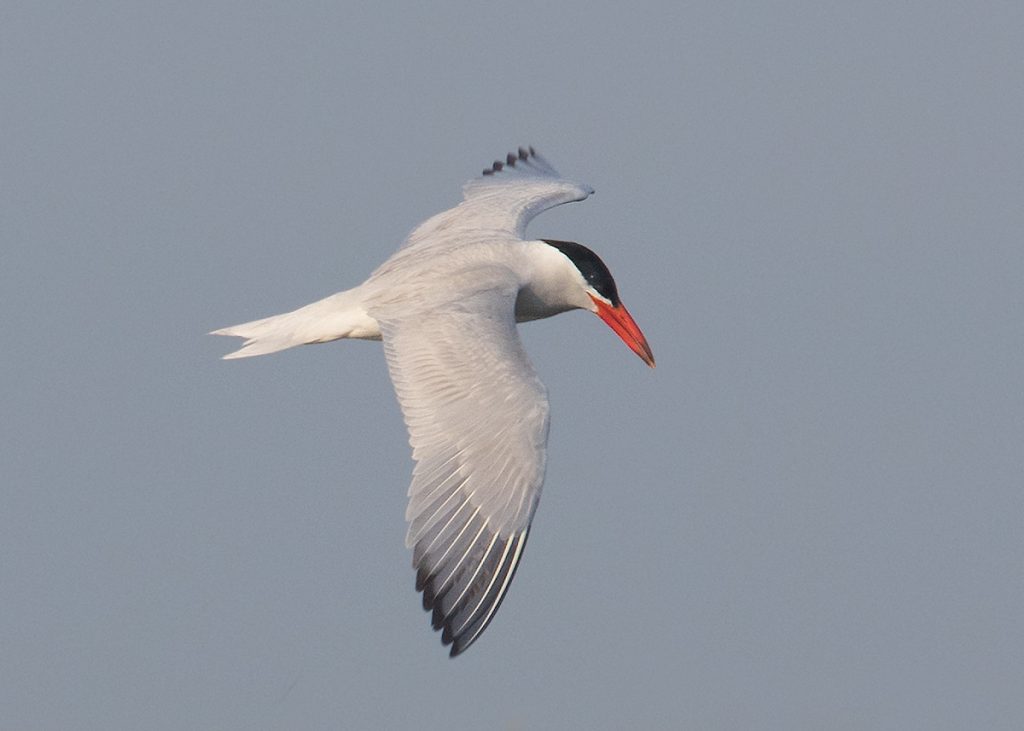
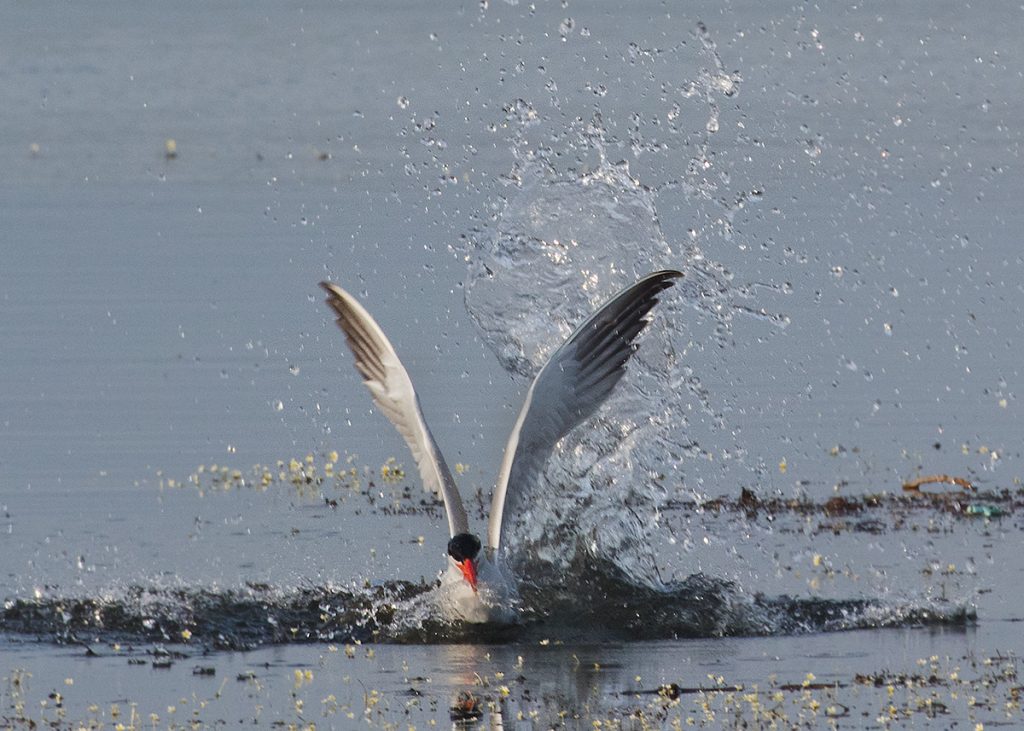

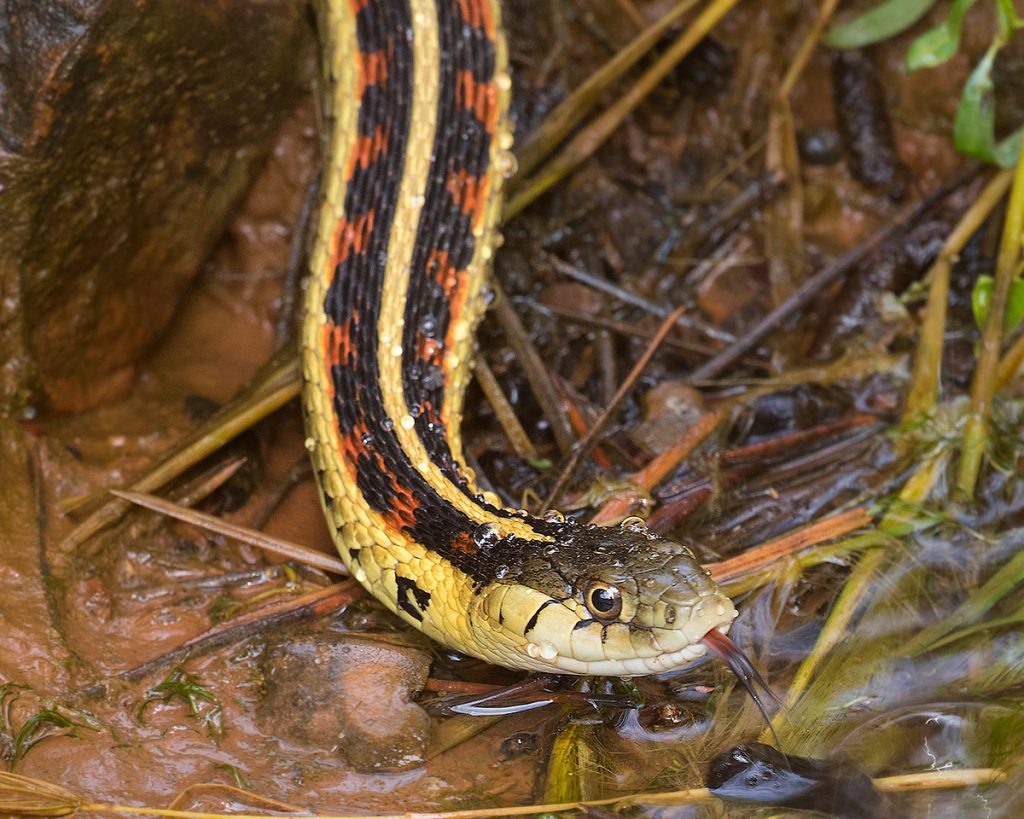
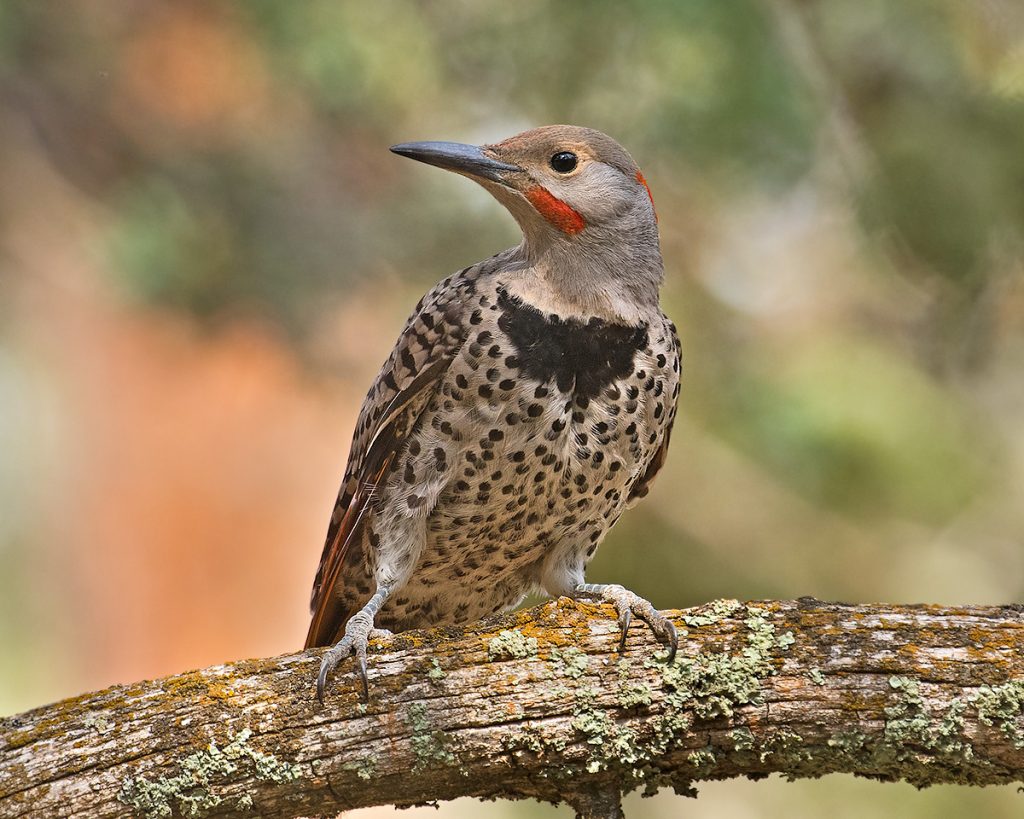
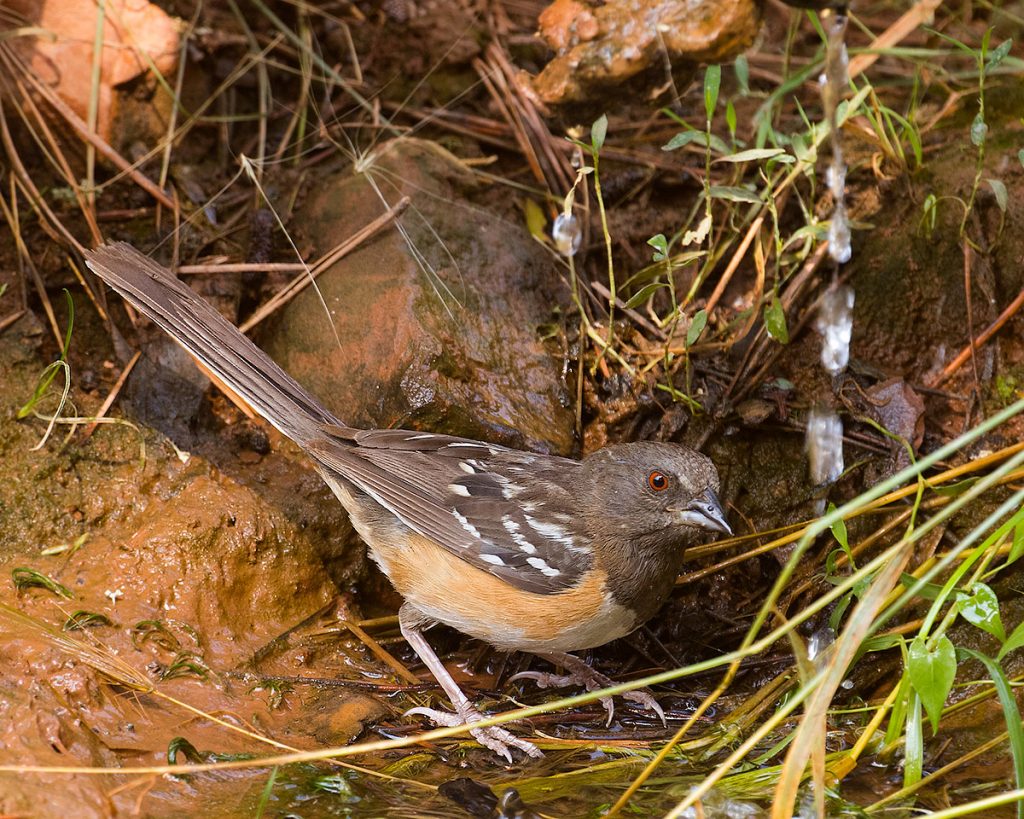
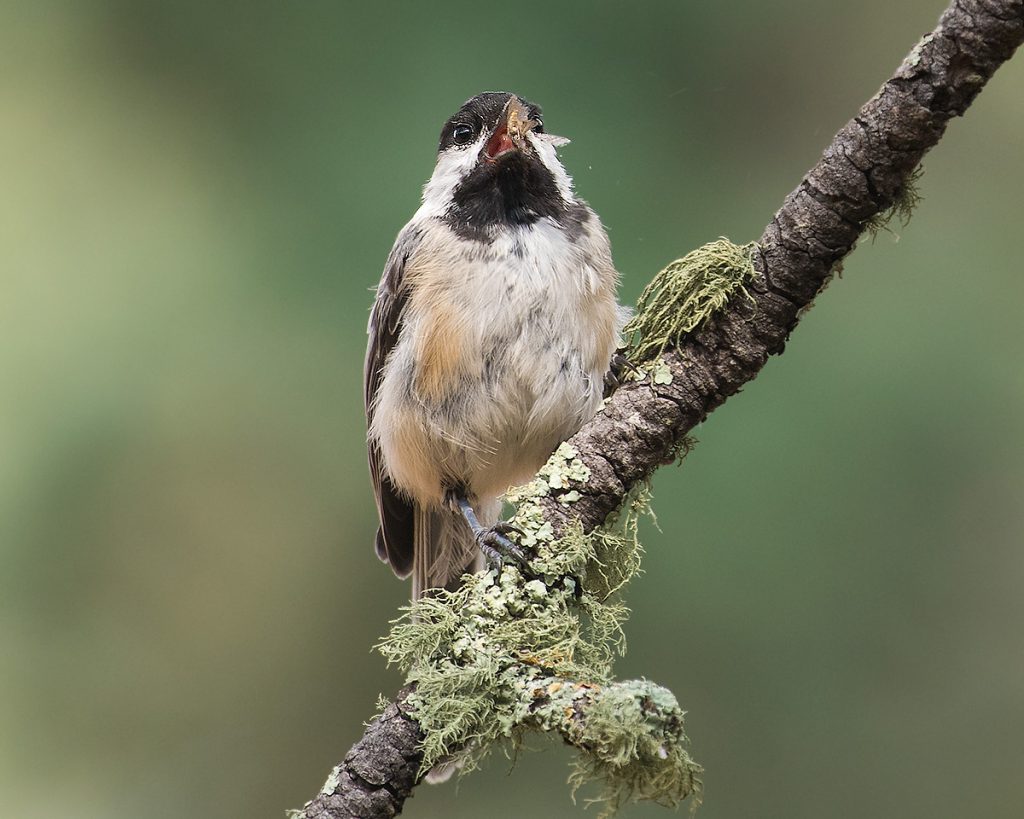
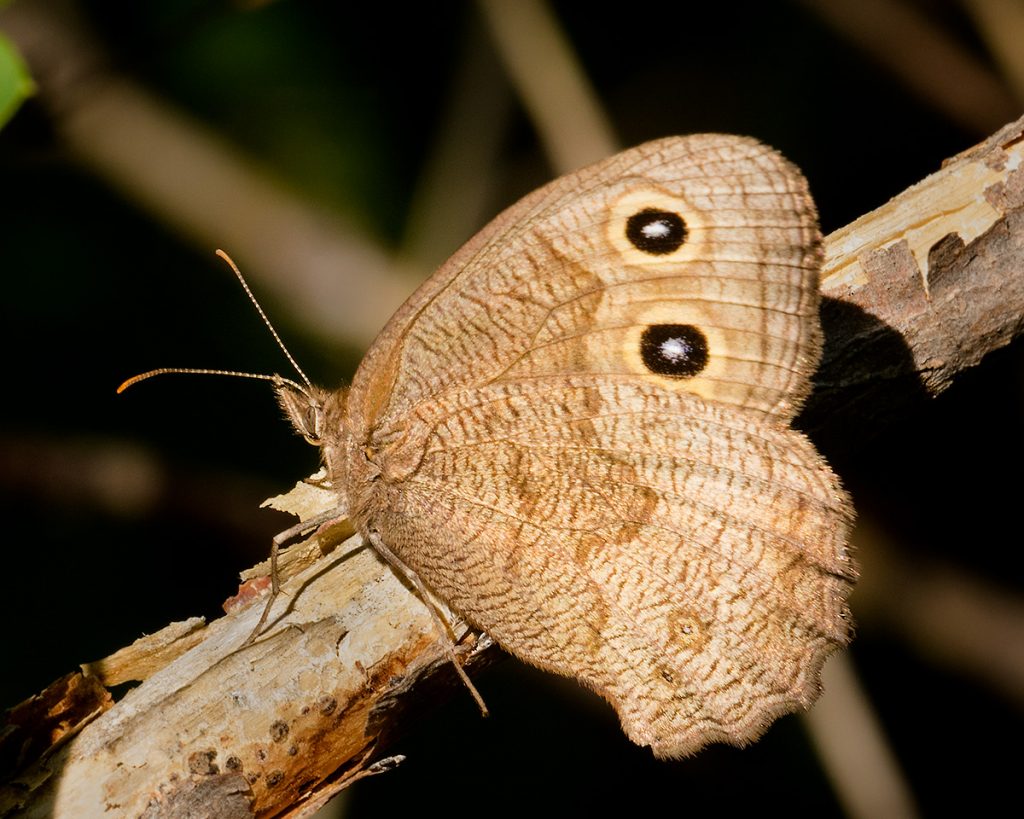

I left Pierre last week and headed for my quiet spot, near Jewel Cave. It is much cooler here and I have shade now, a big plus! It has been a very hot summer so far. I’ve just been up to my usual activities, birding, hiking, photography.









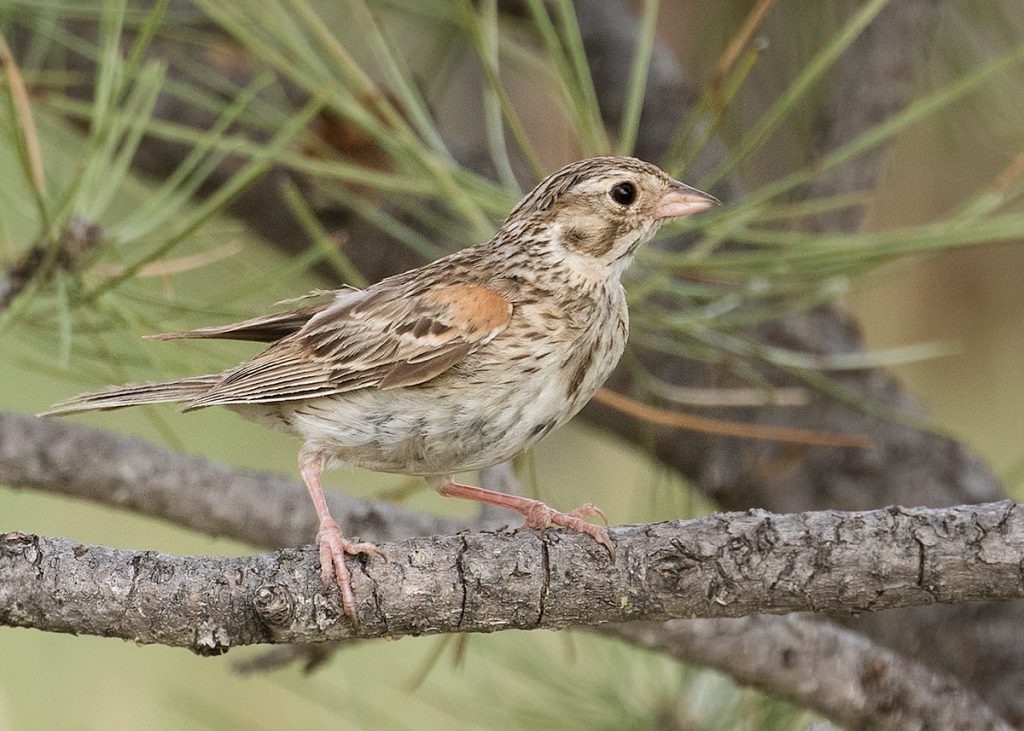
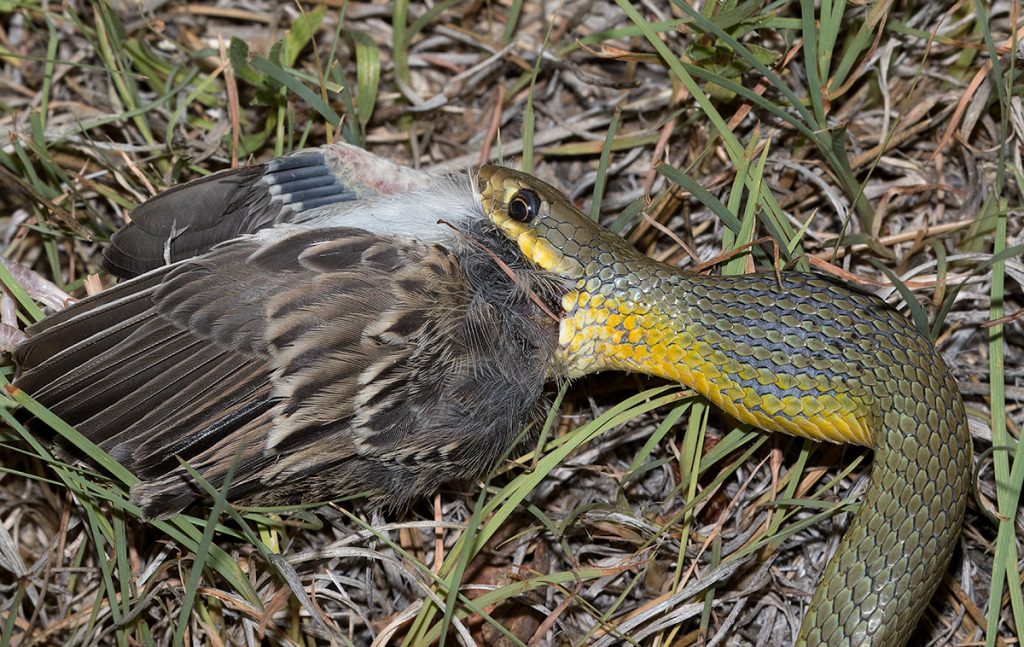
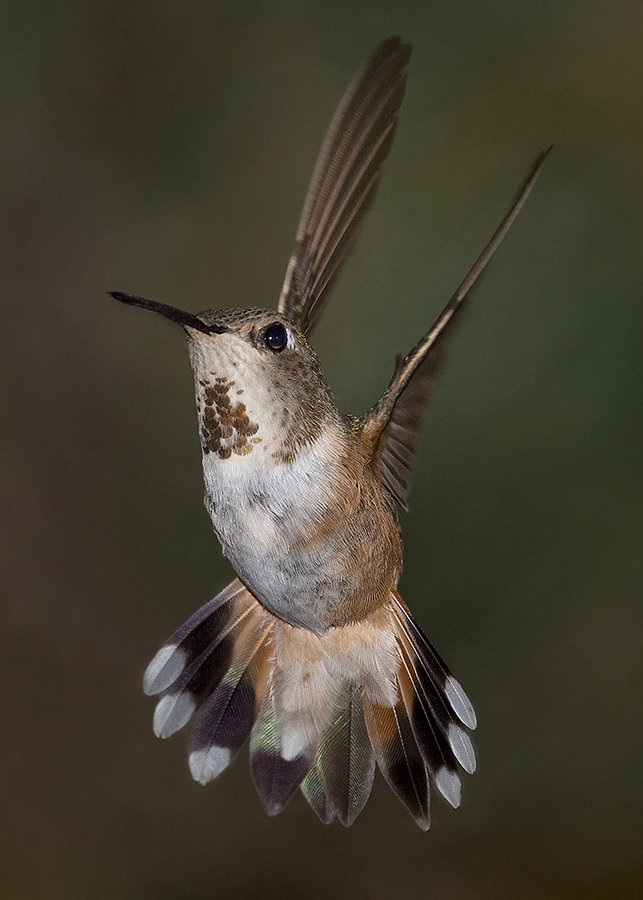
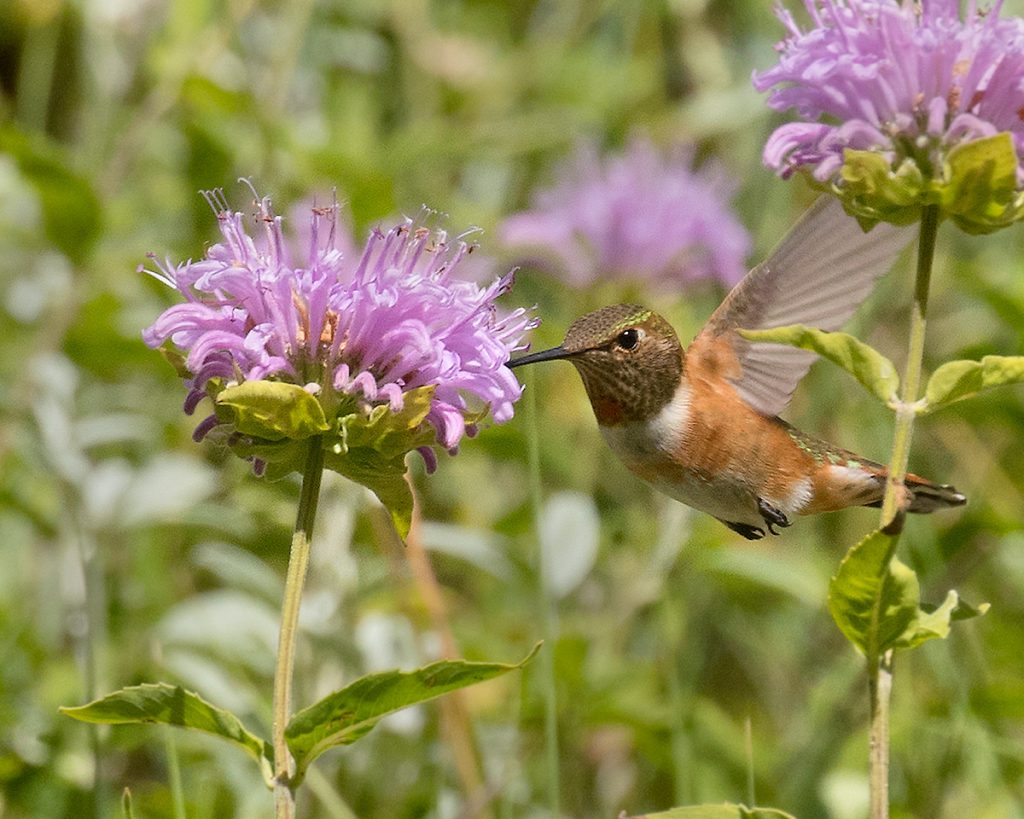
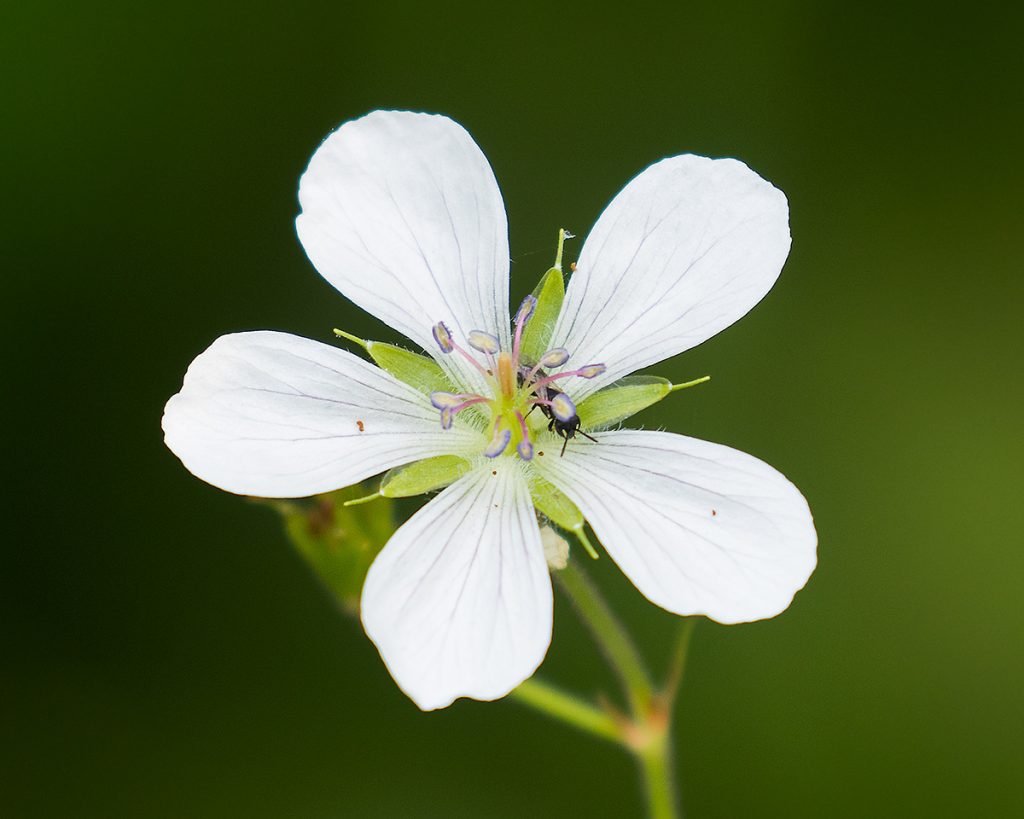
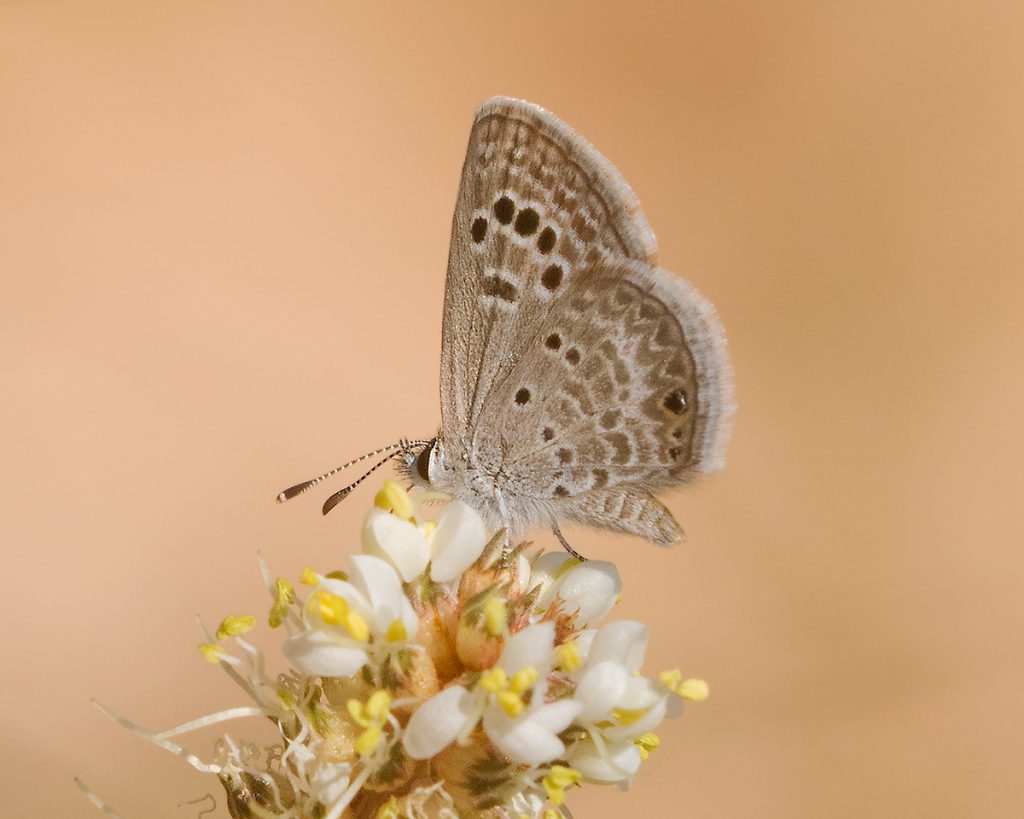
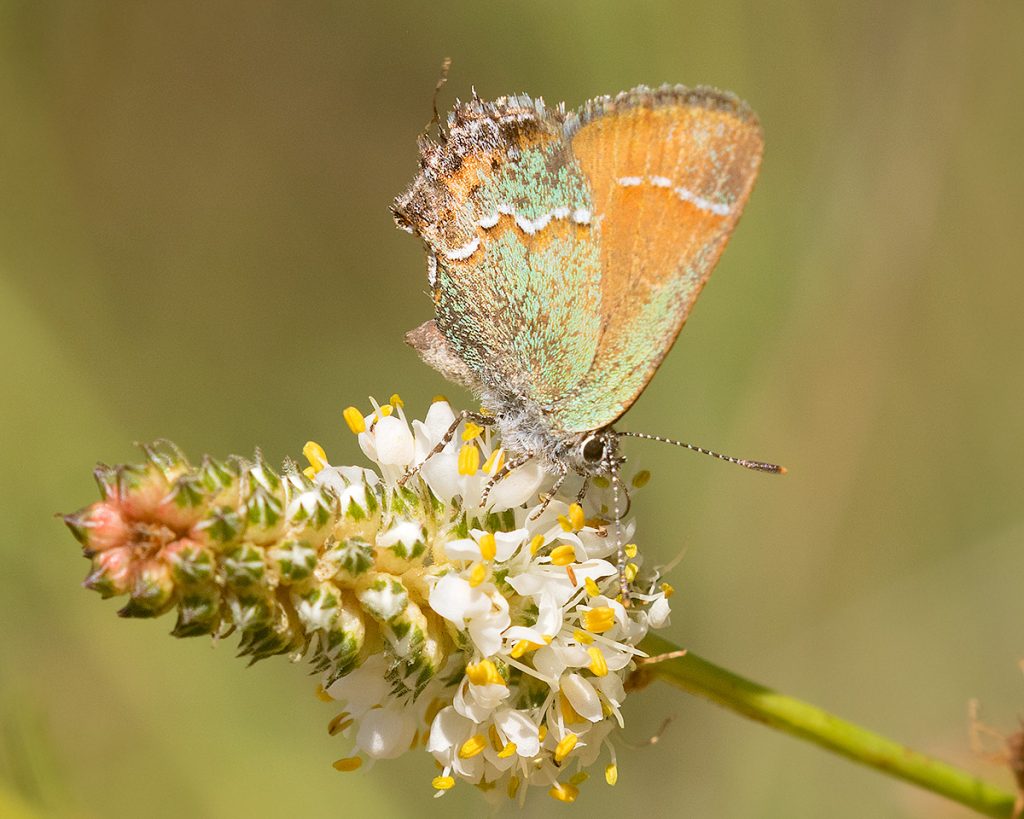
I’m still here in the Black Hills. It is has been pretty cool and also quite a bit of rain, one afternoon I got hailed on, lots of hail but it was small. I’m up to 332 species of birds for the year. At my campsite, the pine cone crop is nonexistent, but I can drive about 5 miles north and there are lots of cones, and that is where I got my latest species, a Red Crossbill. The weather looks suitable for some astrophotography for the next few nights, so if that works out I will be staying up late.
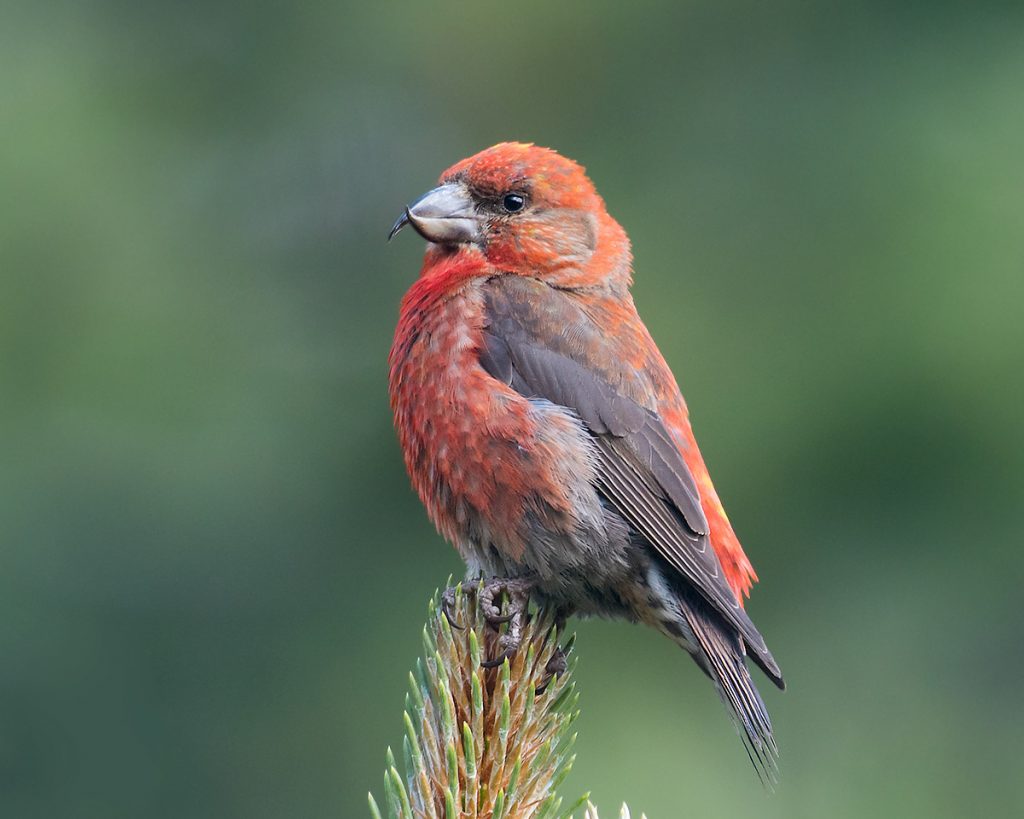
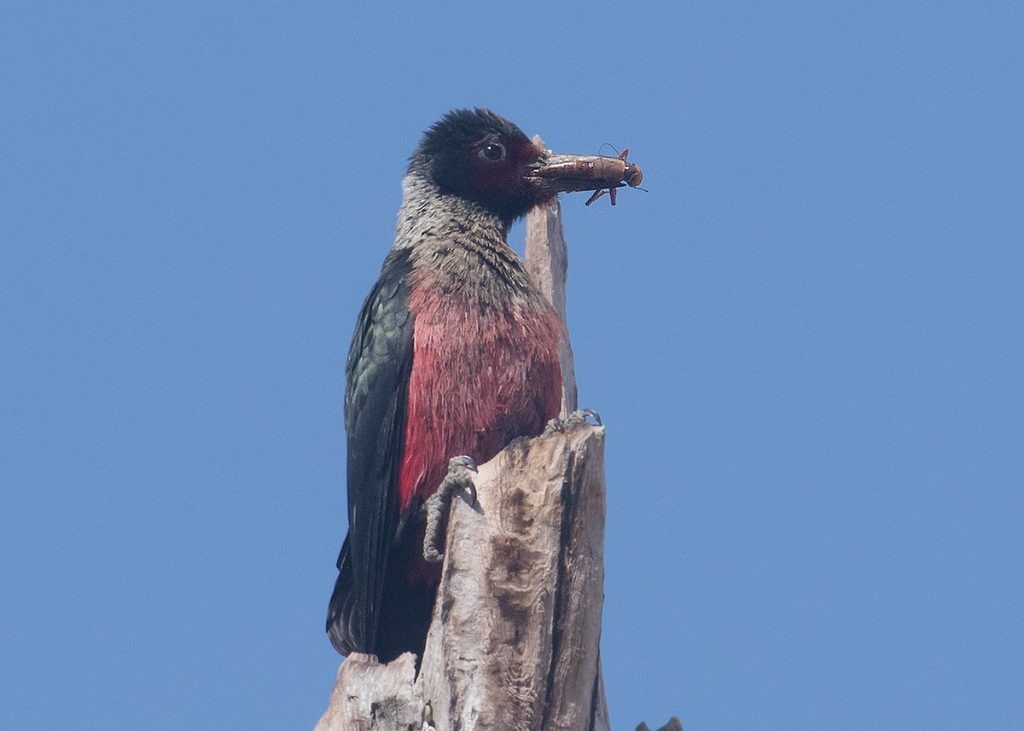


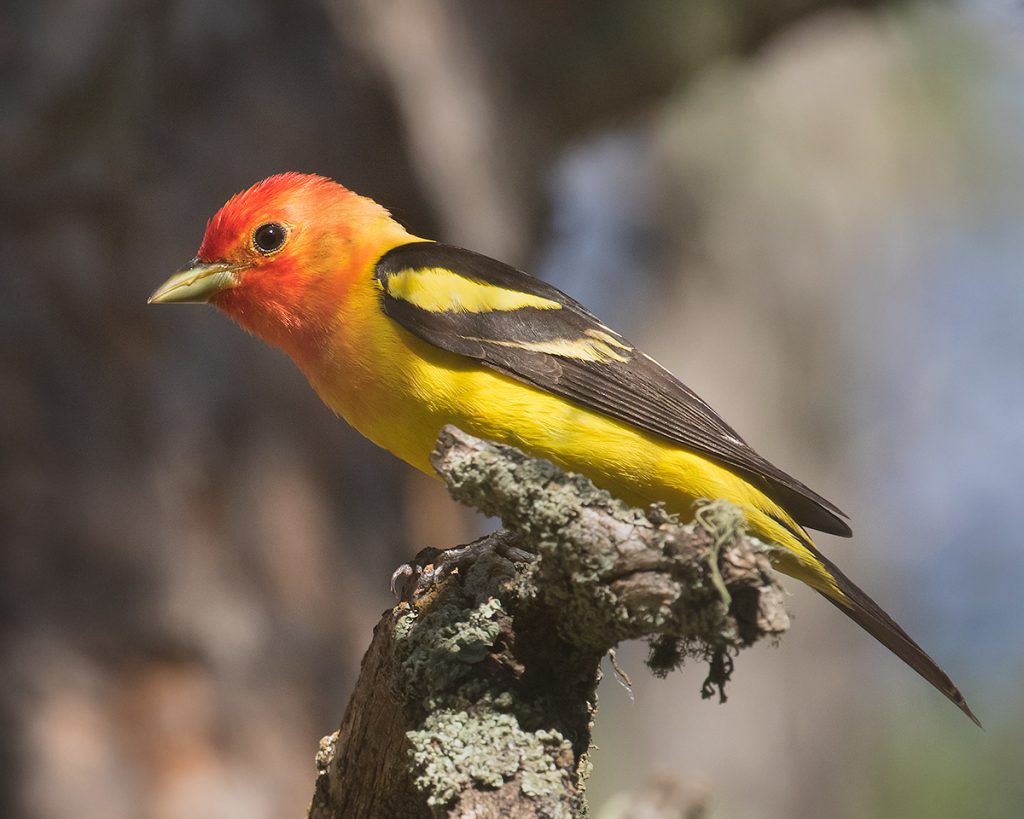
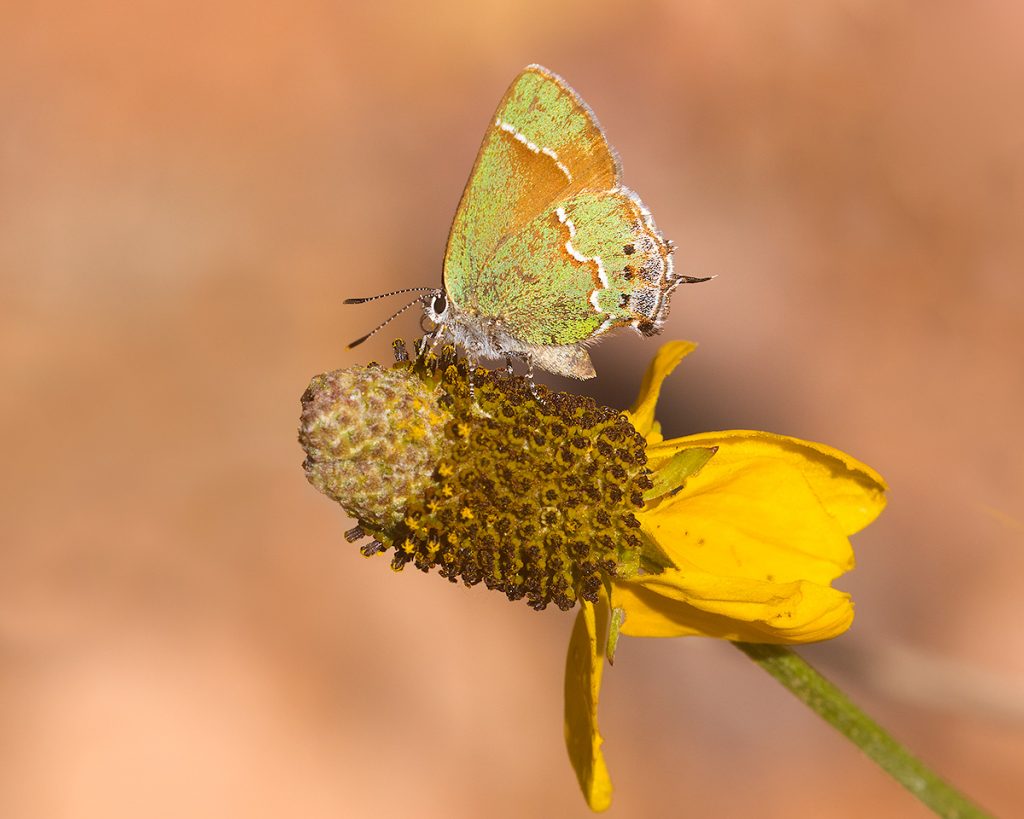
I’ve been checking out the area, picking up a few more new birds. Yesterday there was an eBird alert on a Cassin’s Kingbird just 20 miles away, so I went to look for it this morning. I did not find it and neither did another birder who came to look for it. Cassin’s Kingbird is quite rare in South Dakota but I saw lots of them in Arizona and New Mexico this spring. I did finally find a Mountain Bluebird though, which brought me up to 324 species.
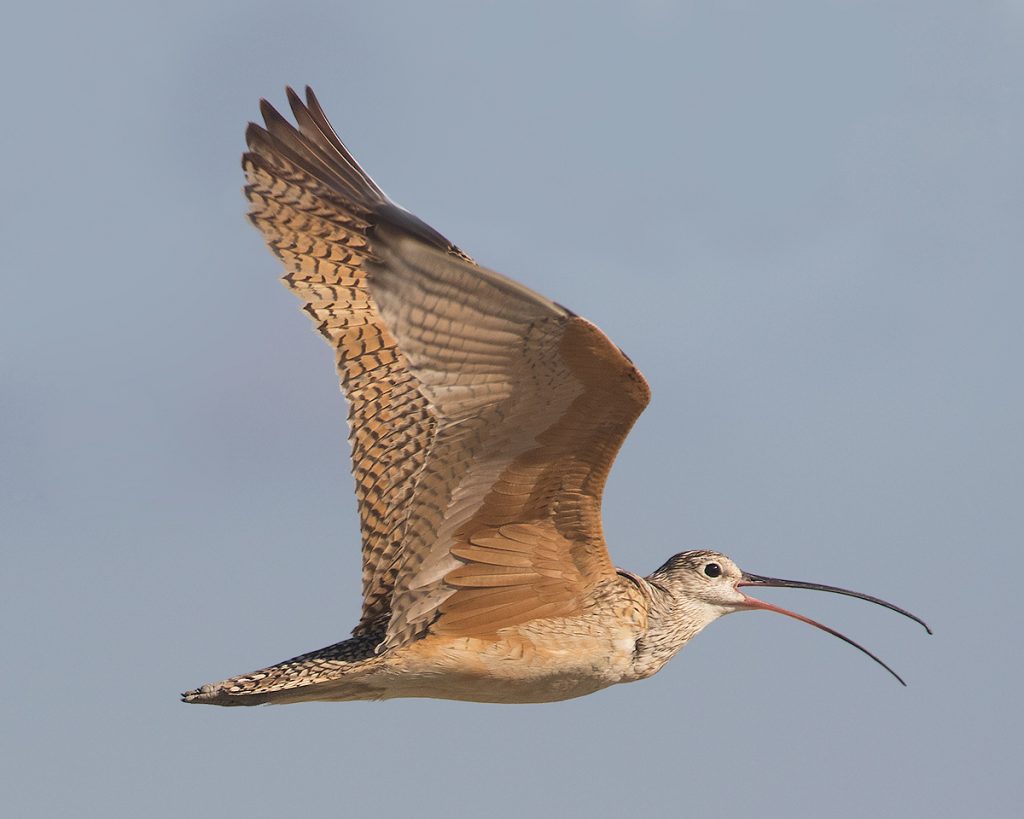
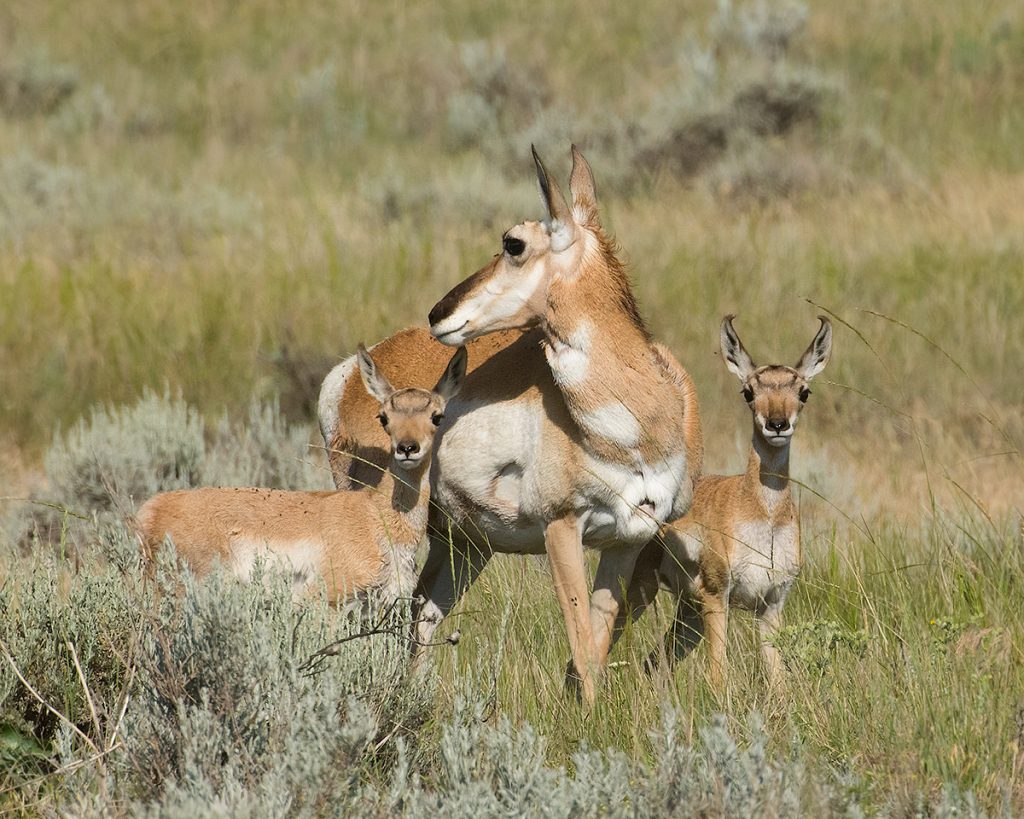
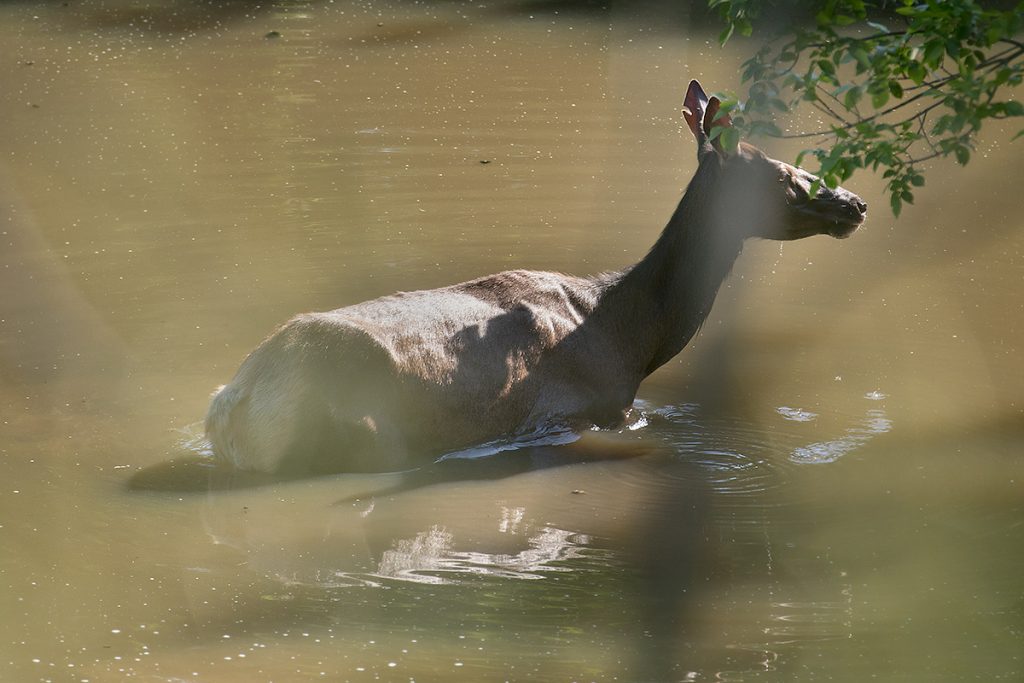

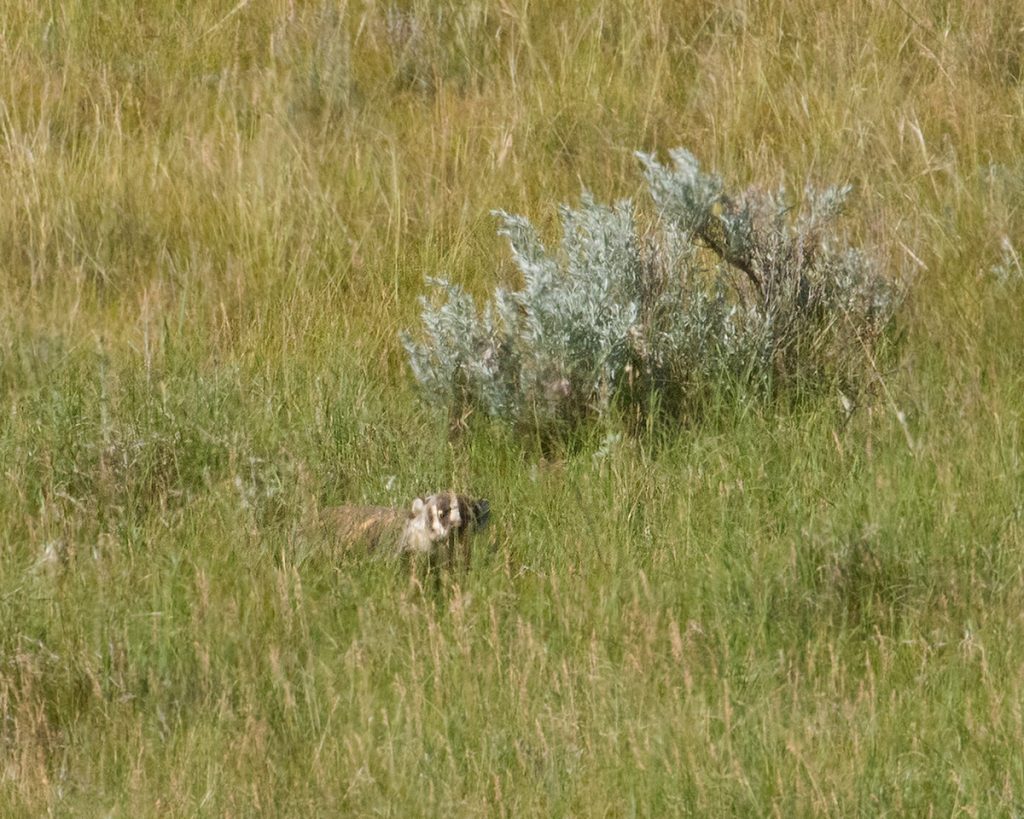
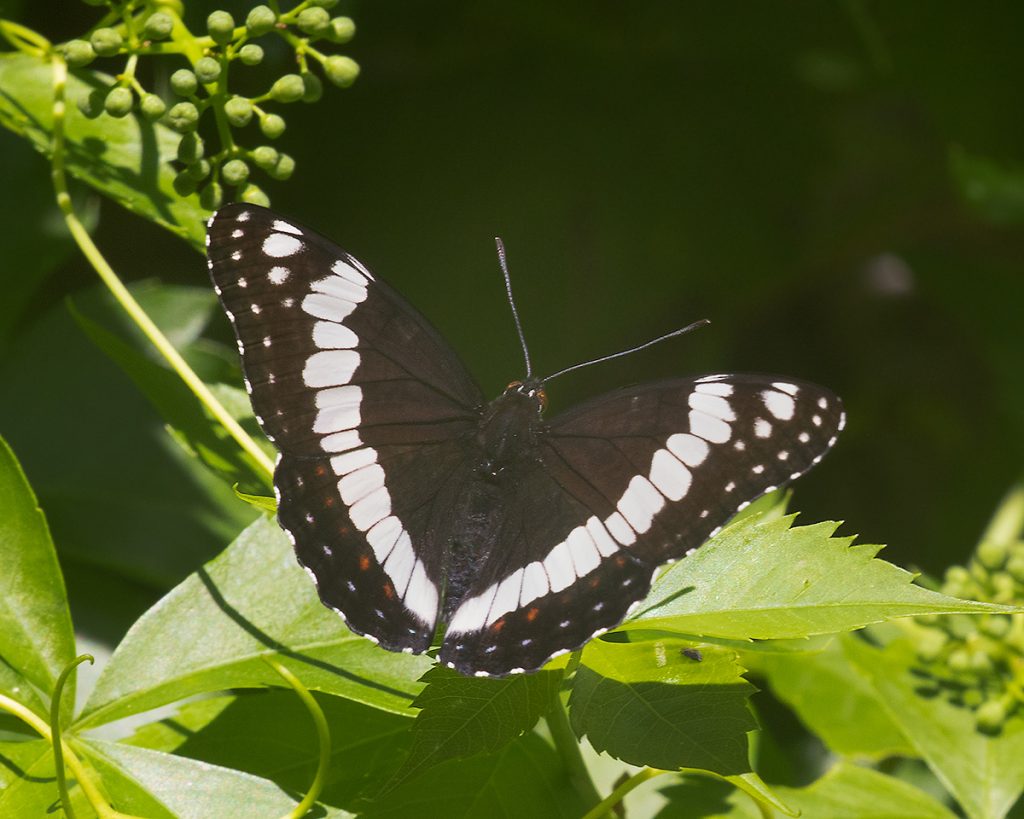
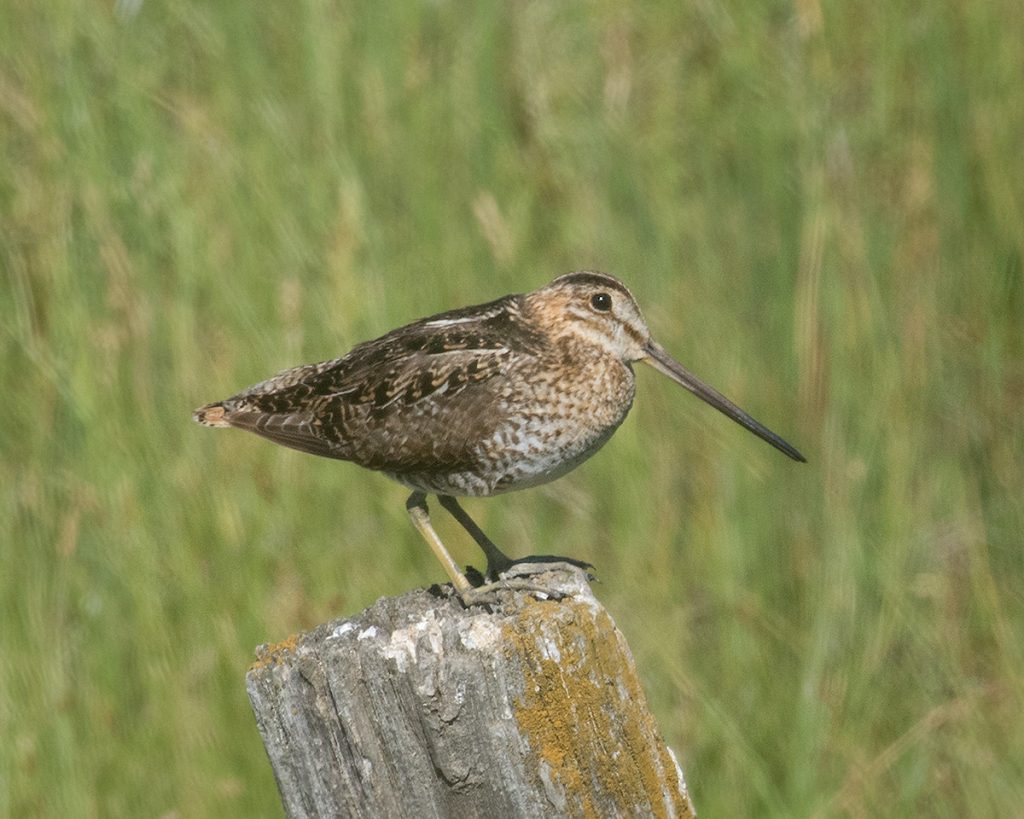

I’m currently in the Slim Buttes of Harding County. I spent a few days at a Shadehill Reservoir campground, near Lemmon, South Dakota. The Grand River National Grassland is in this area and is a good place to get Baird’s Sparrow. I left there this morning and its a good thing as that campground just got hit by a severe thunderstorm, with large hail and strong wind. It is nice here. So far no mosquitoes. I’m up to 322 species of birds for the year now. It is getting harder to find new ones, but I seem to get one or two every day since I left Pierre.
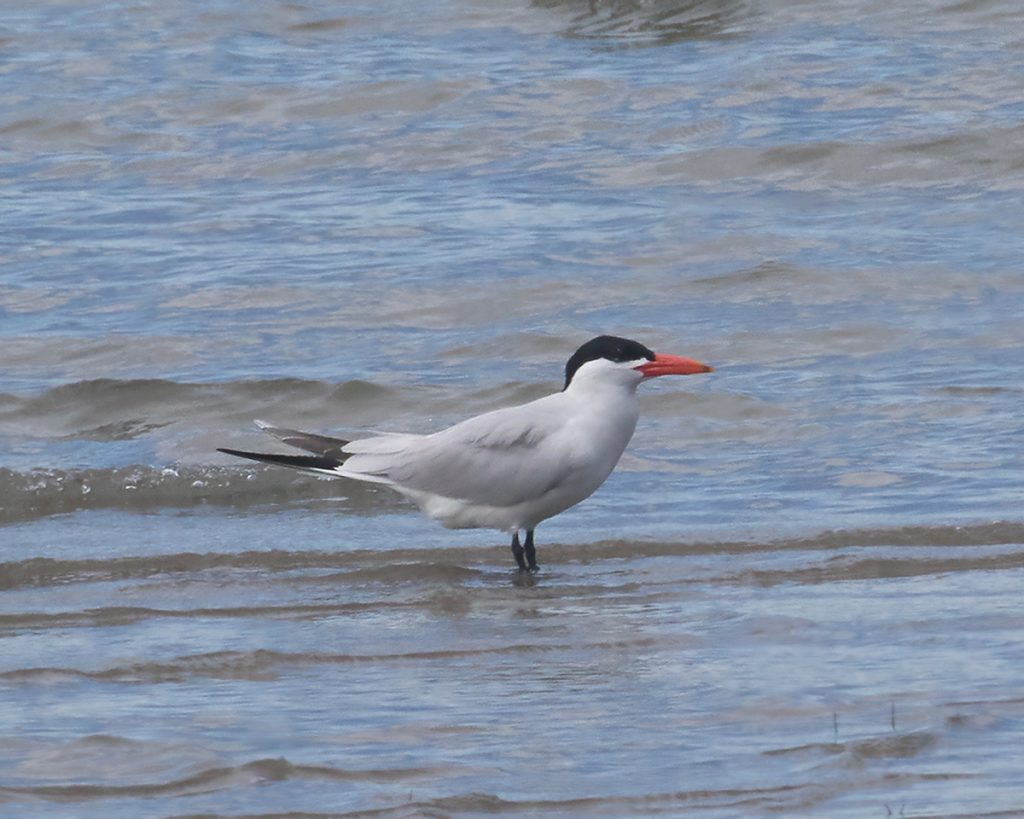

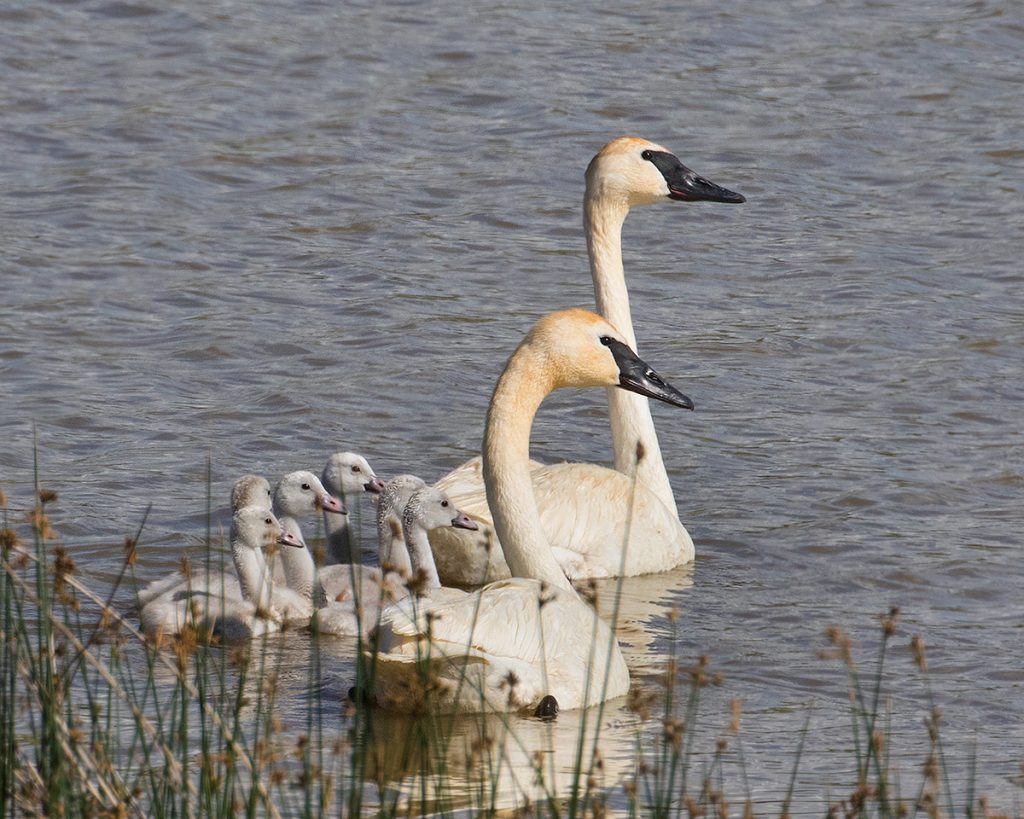
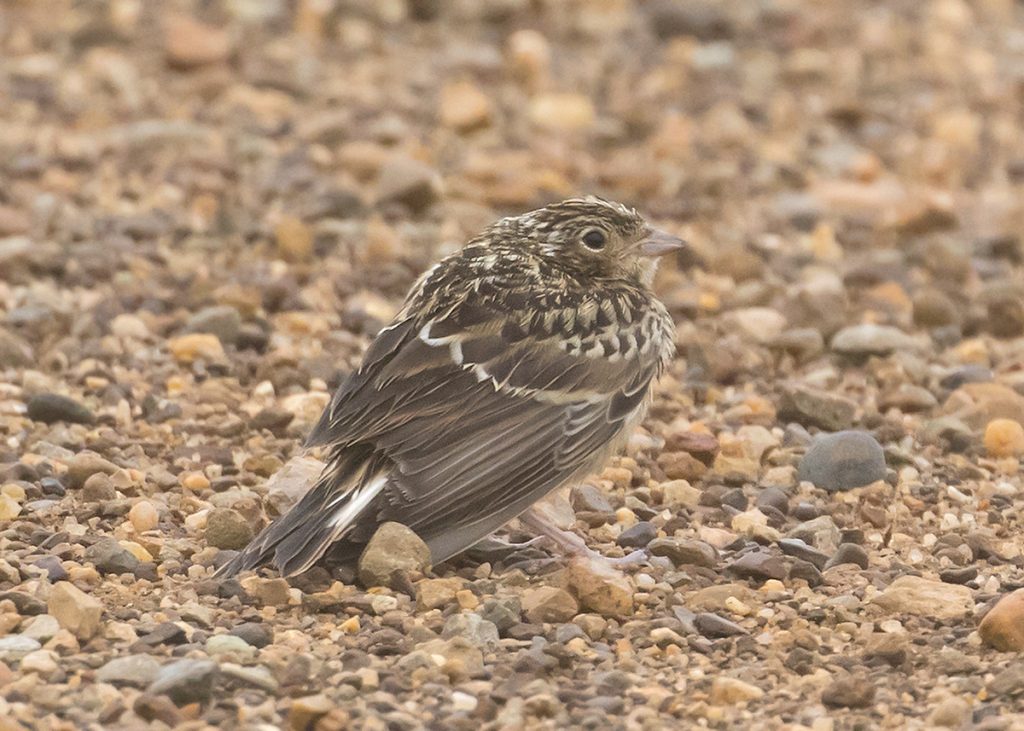
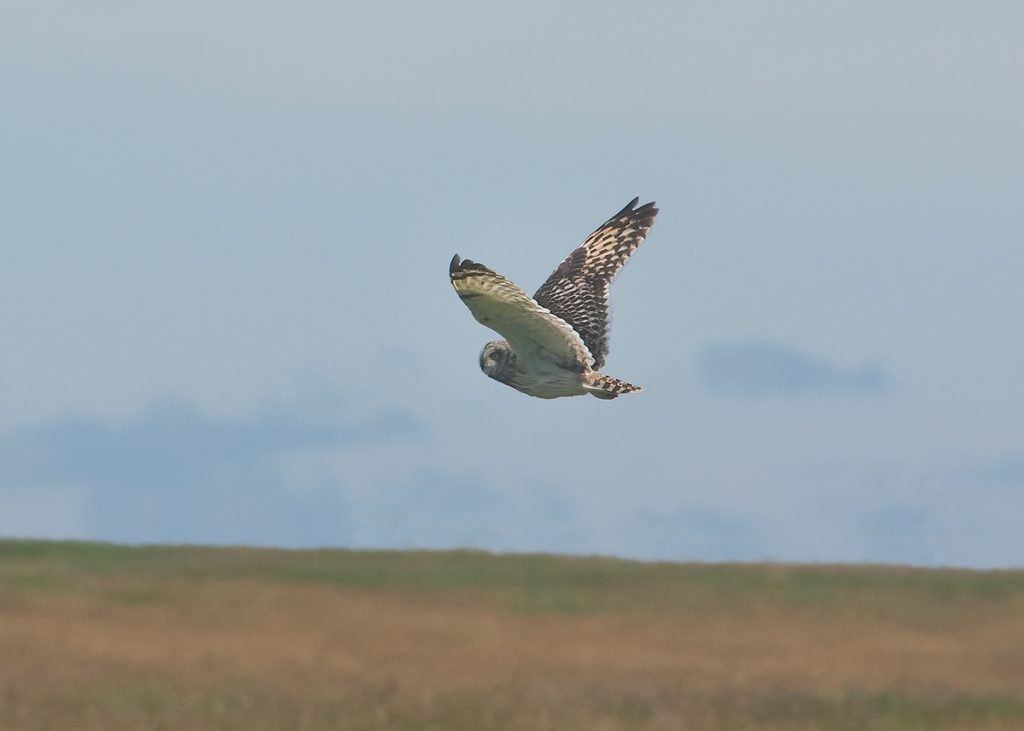
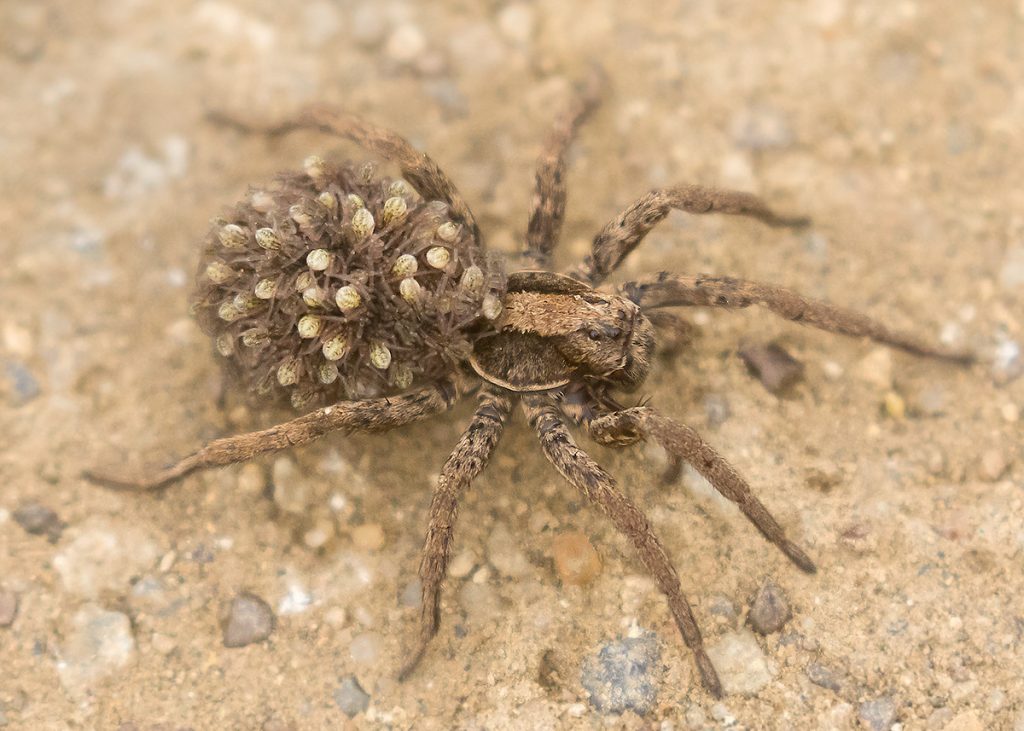
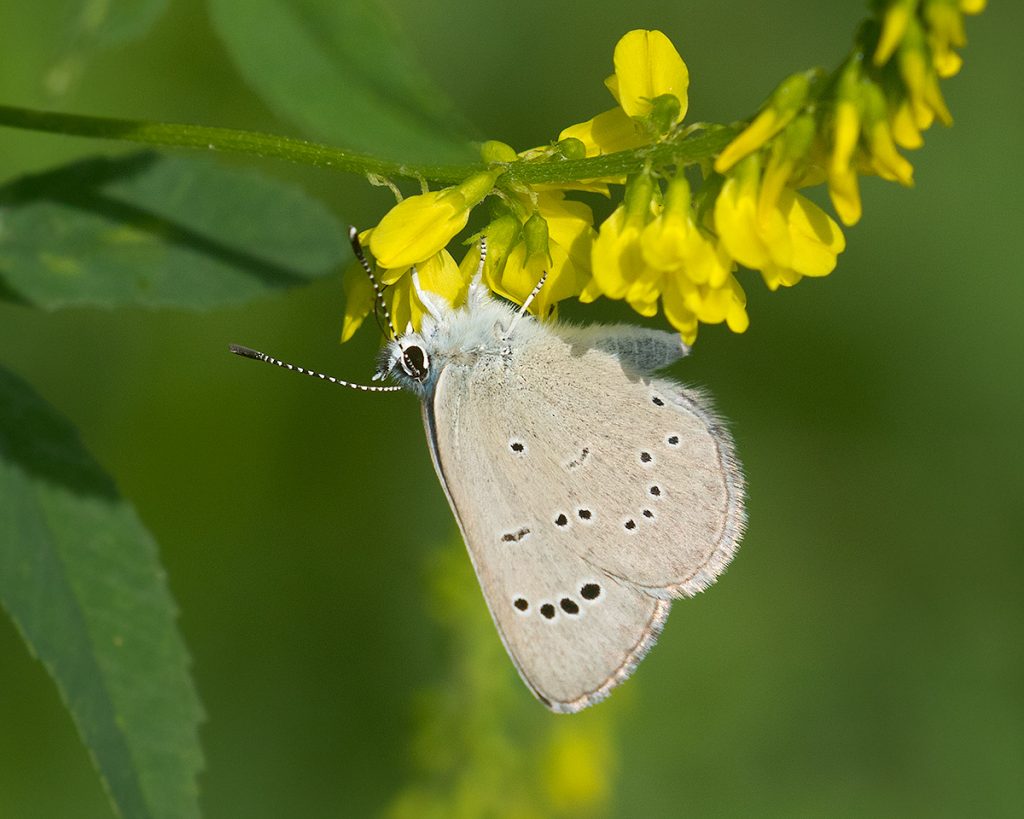
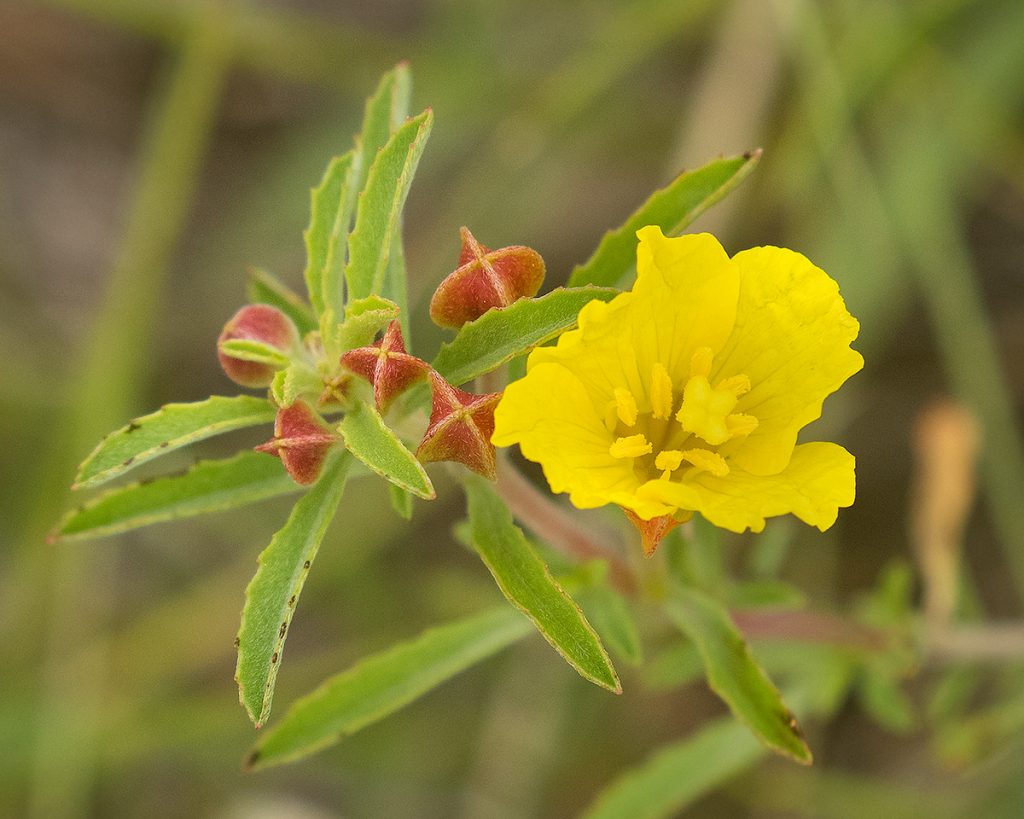
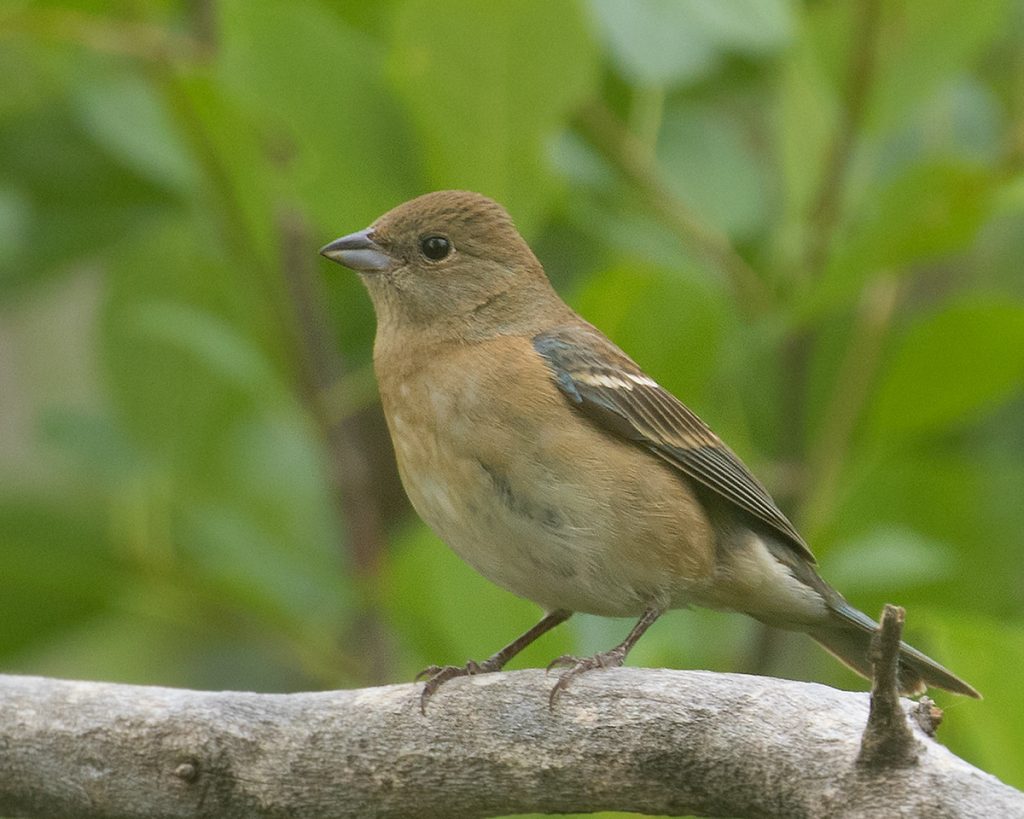
I’m still at Granite Gap. I’ve been making trips down to Cave Creek and the Paradise area. My bird list for 2024 keeps growing, now at 225, compared to 155 at this time last year. I’ve been doing some astro too, I’m working on a very faint planetary nebula called Abell 35. It is not ready to show just yet.
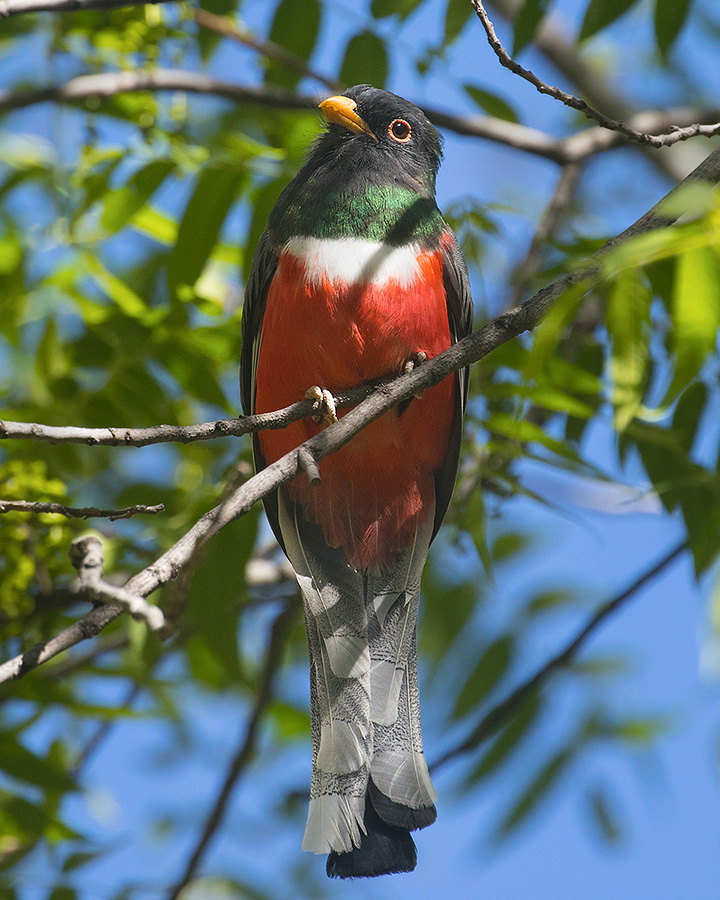
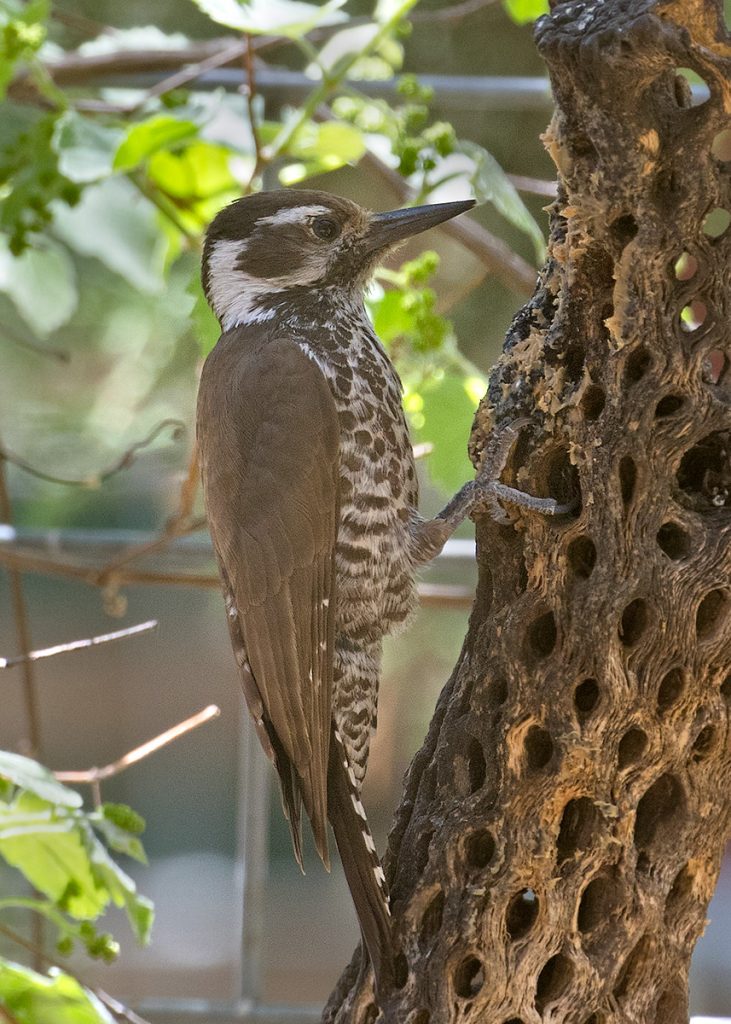

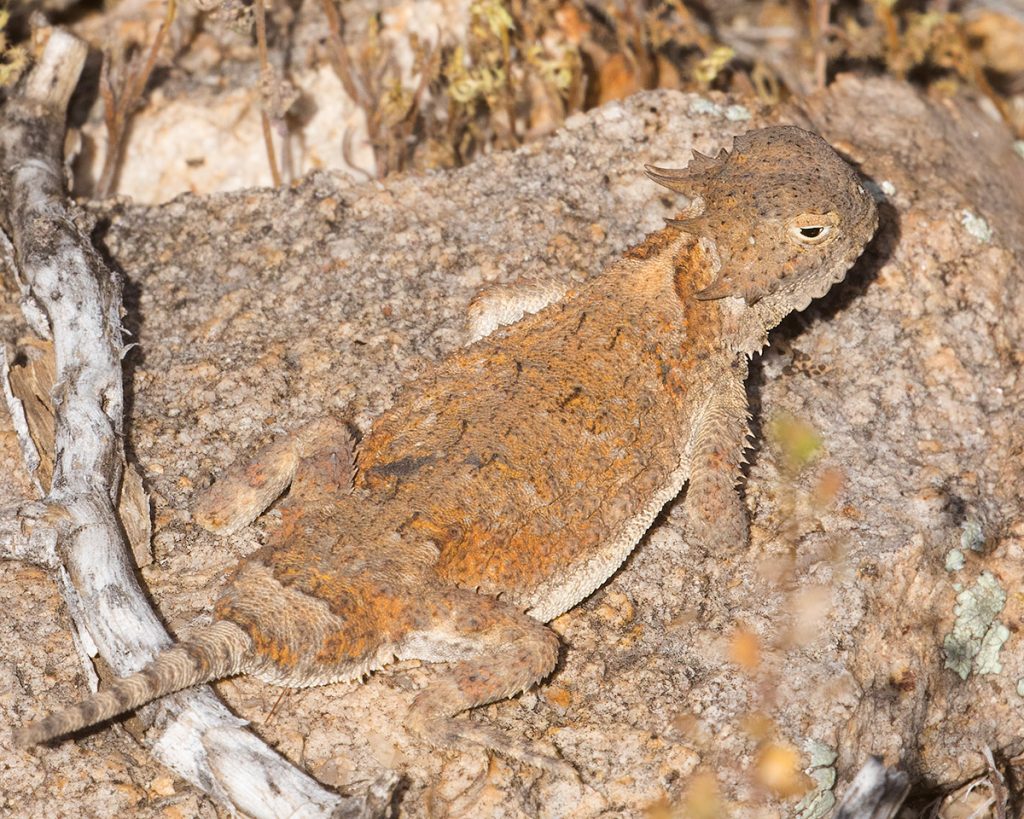
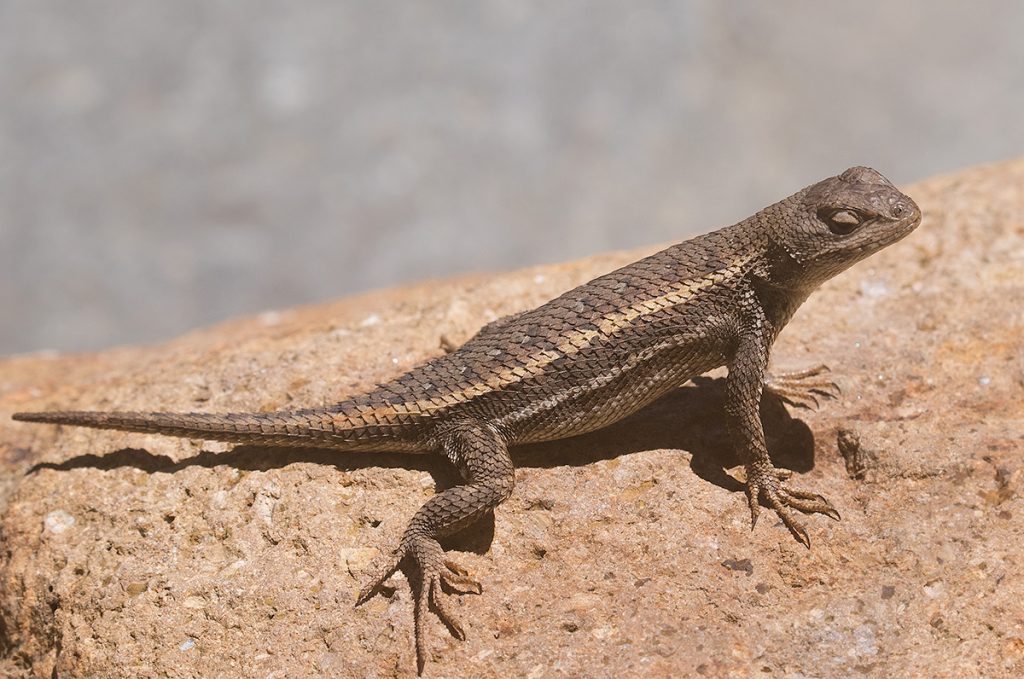
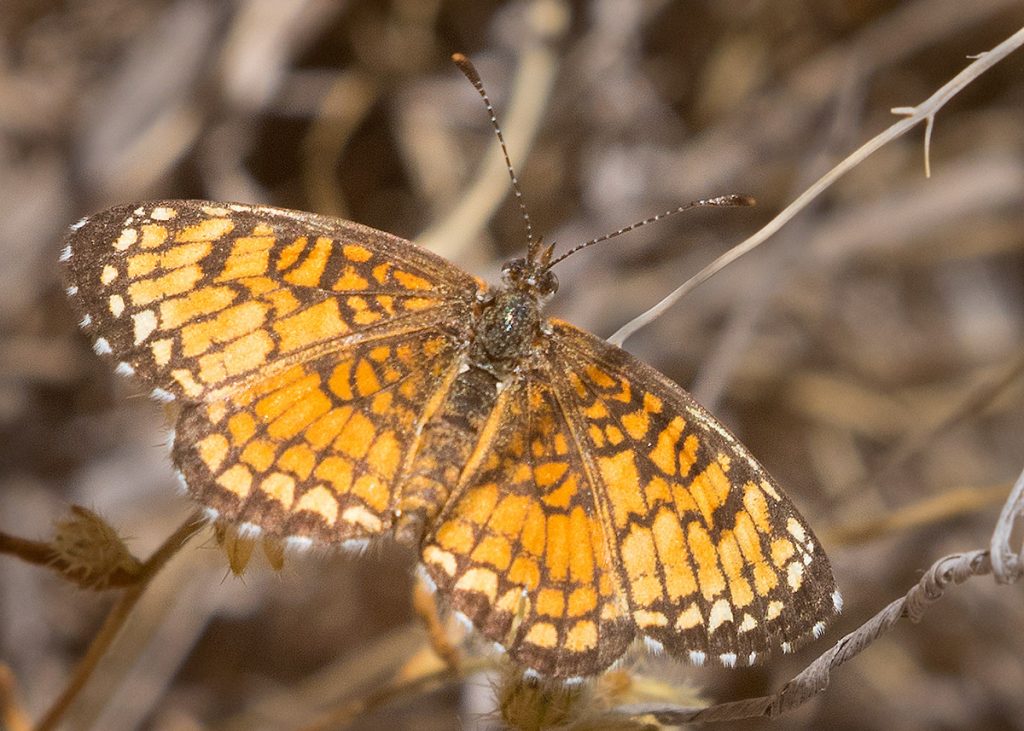
Spring in the Sonoran Desert is a good time for the emergence of blister beetles. In past years, I’ve seen swarms of the species Lytta magister, Master Blister Beetle. These are large colorful blister beetles that can be very abundant locally. Yesterday at Highway Tank, I saw for the first time the Iron Cross Blister Beetle, Tegrodera aloga. Also a large species, they are very colorful and a good example of aposematism, or advertising to potential predators that an organism is not worth eating. Aposematic signals are beneficial for both predator and prey, since both avoid potential harm.
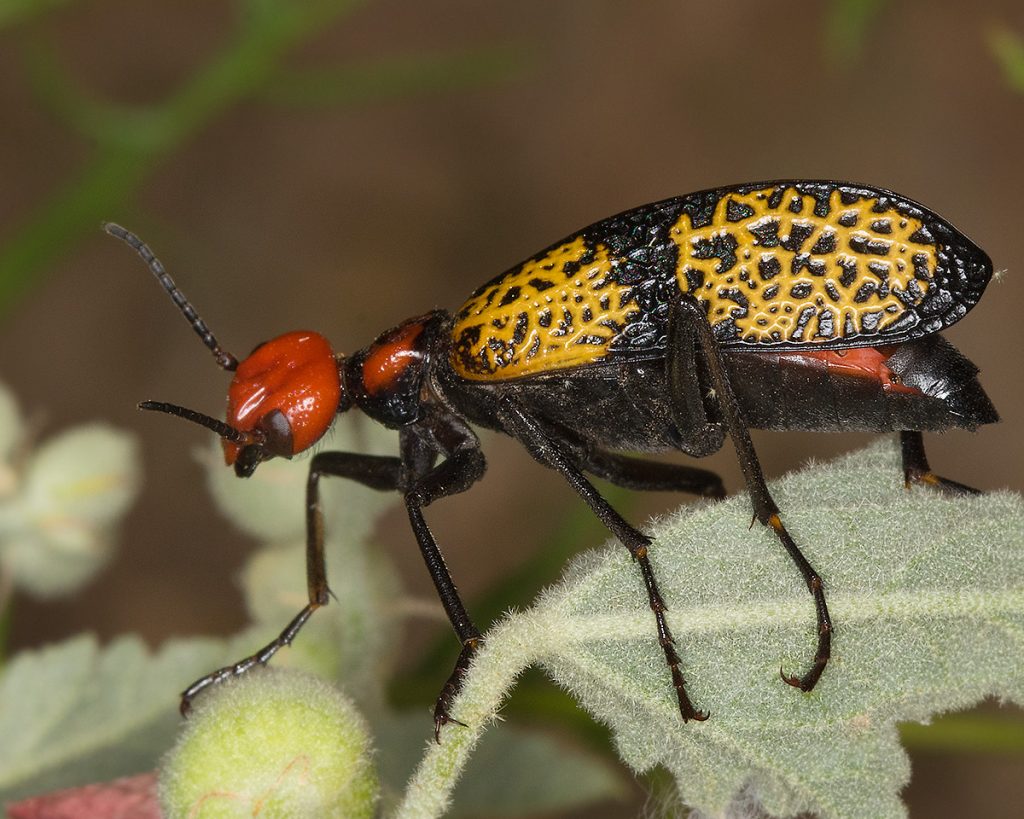
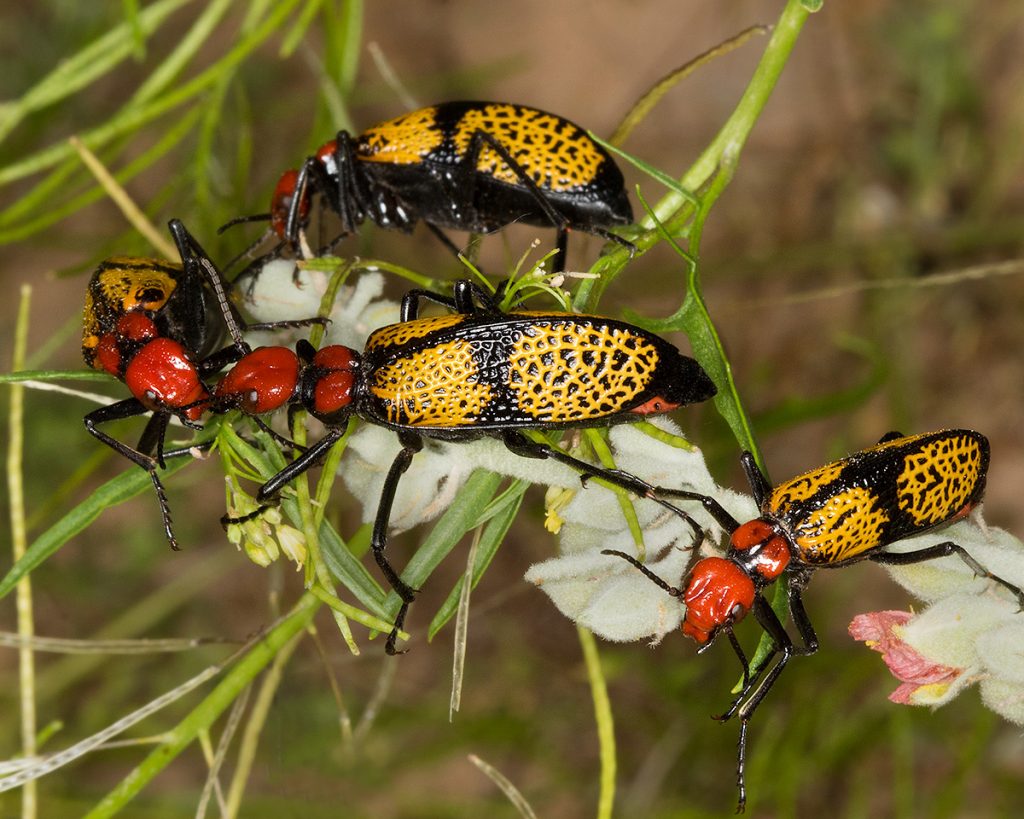
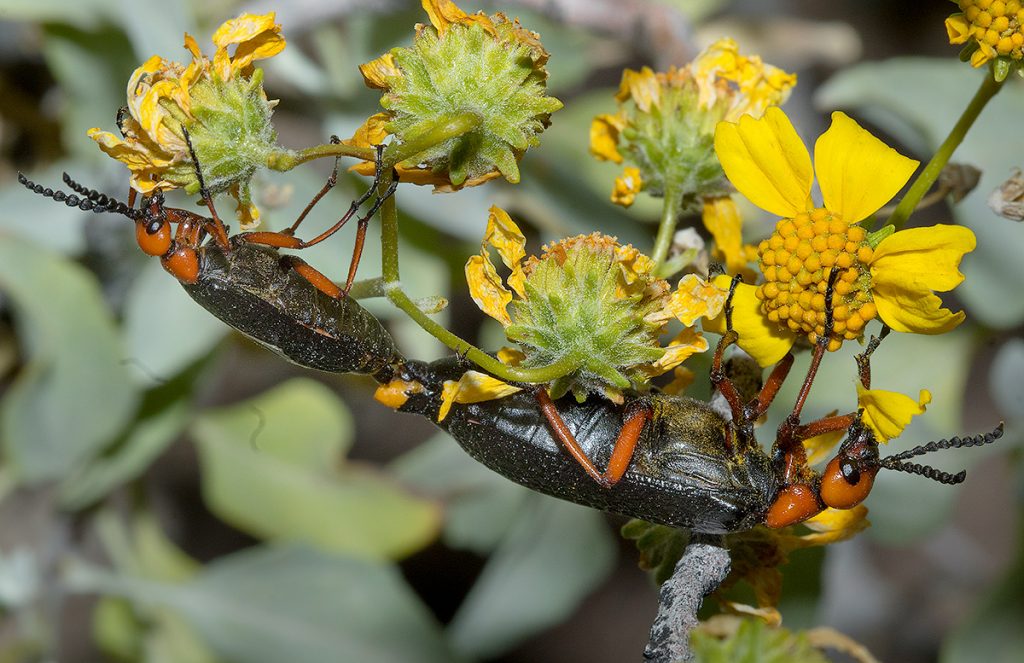
I am still in Ajo. As long as it doesn’t get too hot, I’m not inclined to leave. I had a few good nights for astro but now the moon is getting bright again. Although the new dual band filter allows me to image nebulas in moonlight, it does not work for galaxies. Light pollution and moonlight are galaxies killers! Dark skies are needed. Birding has remained slow. I do have a few photos to show though.
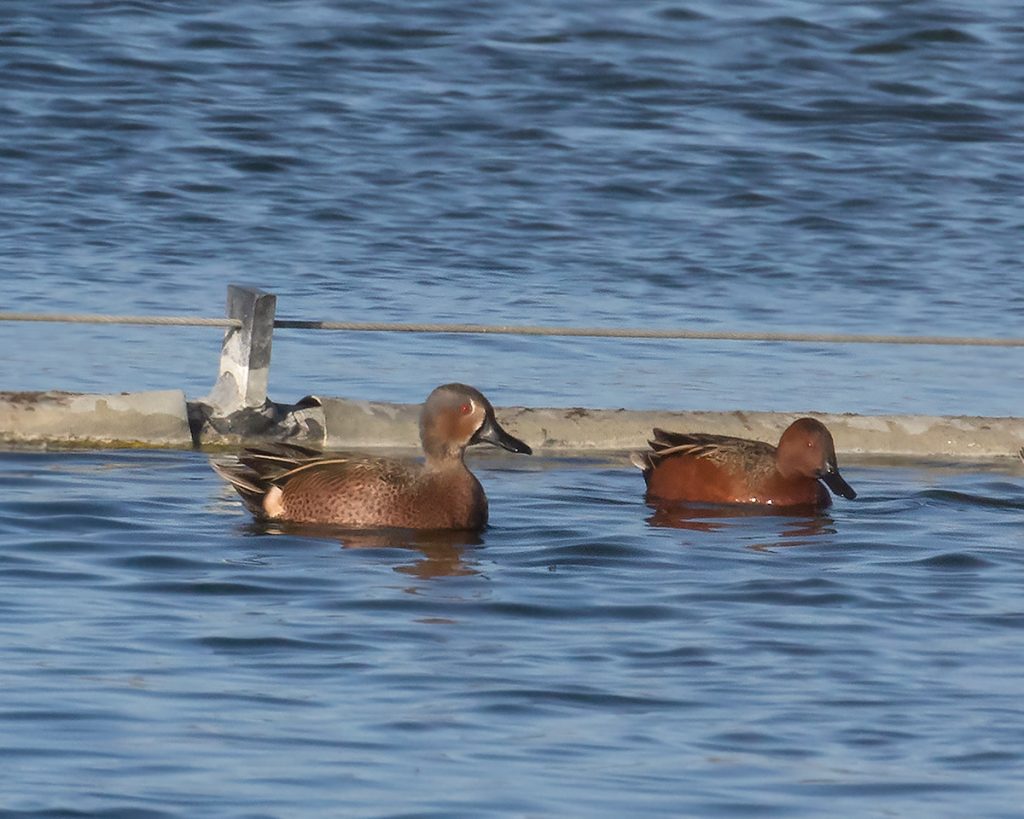
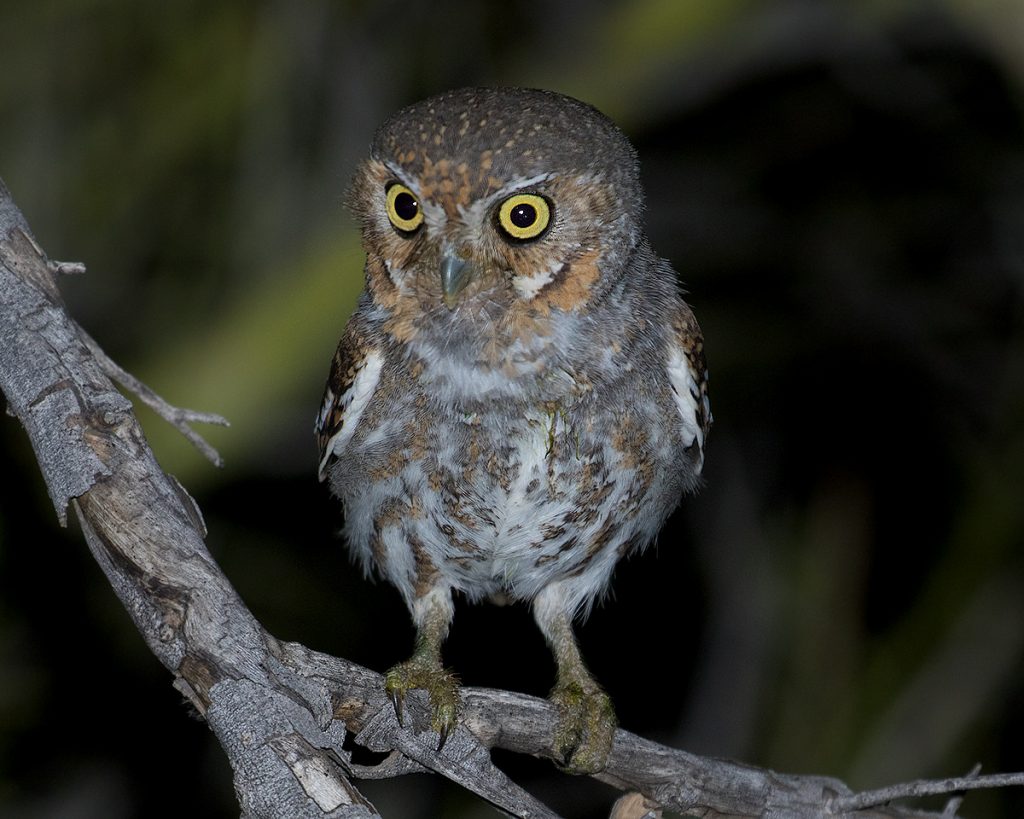
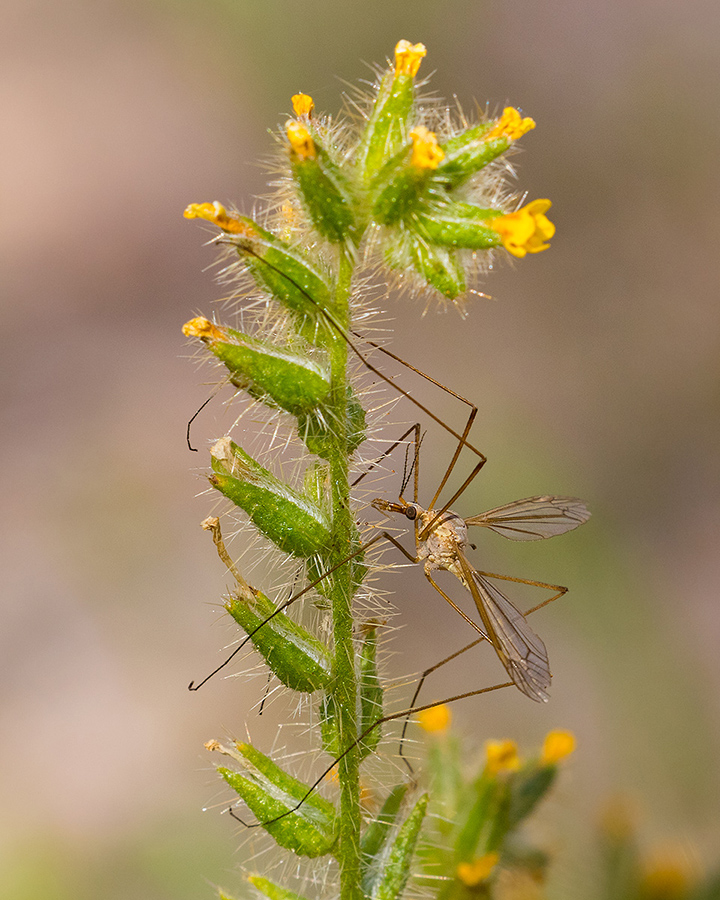


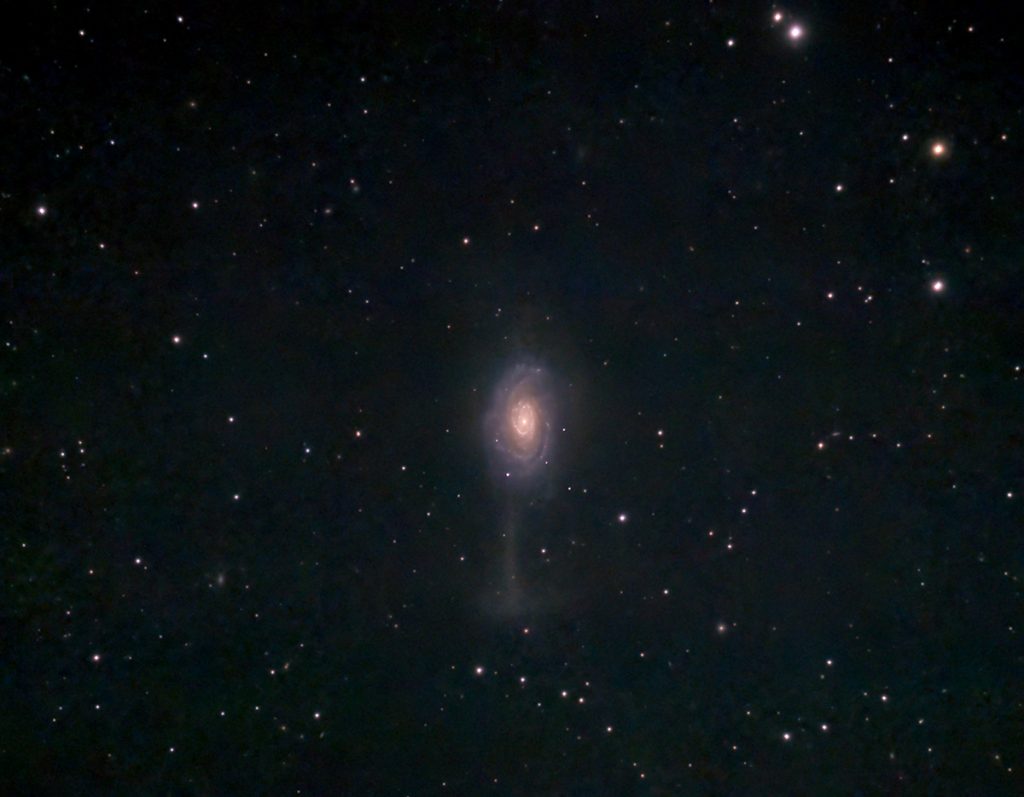
I made a trip to Buckeye to stock up at Walmart and on the way there, I birded. There were lots of birds at the Gillespie Dam, hundreds of egrets and herons, two species of cormorants, and lots of pelicans. Astrophotography continues to be hard, with too many clouds. But I have managed to get some done. I also made a trip down to Alamo Canyon, long overdue.

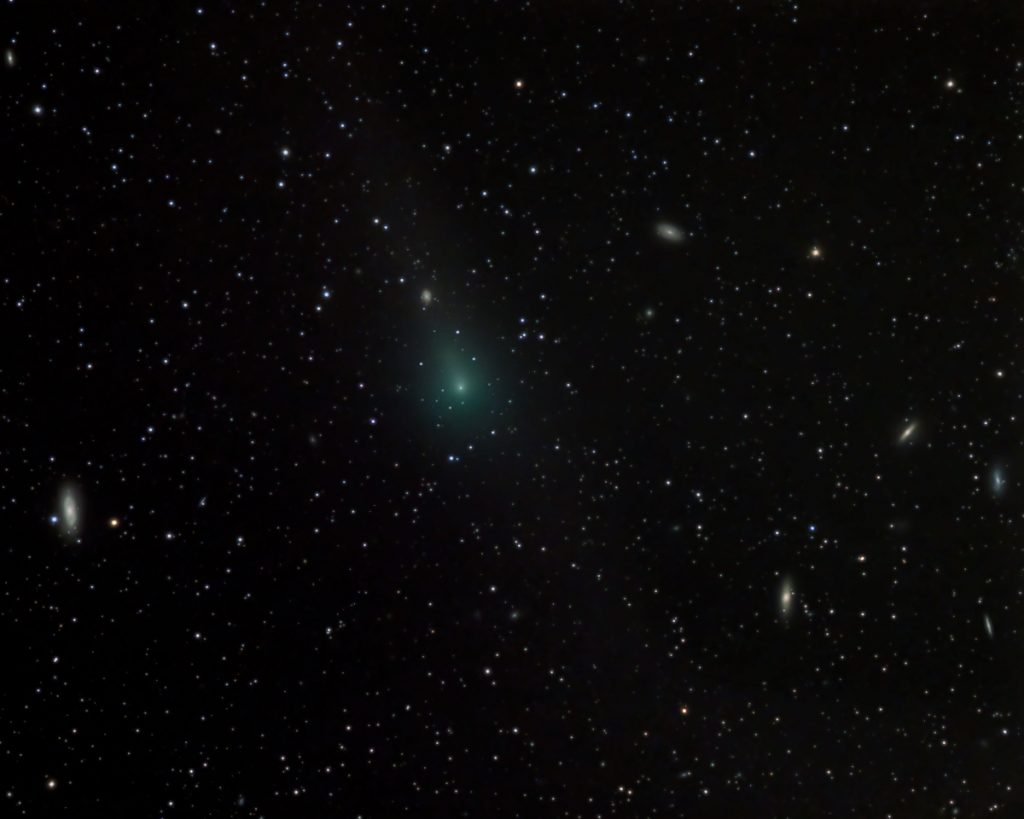
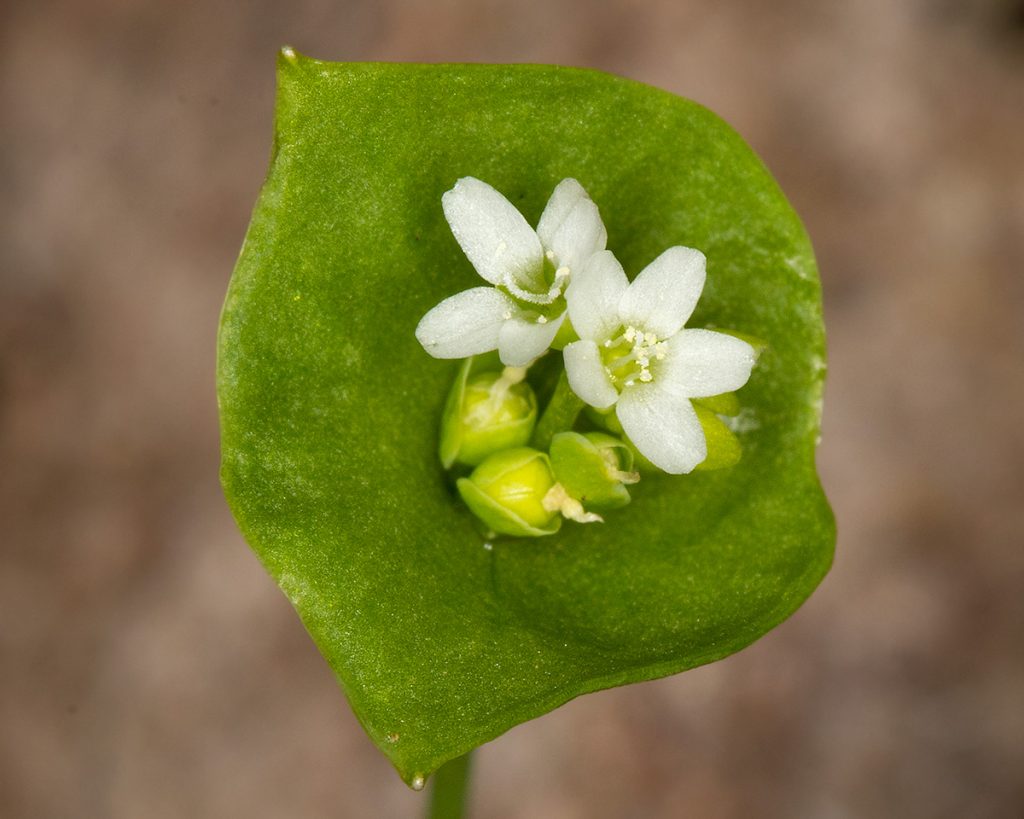

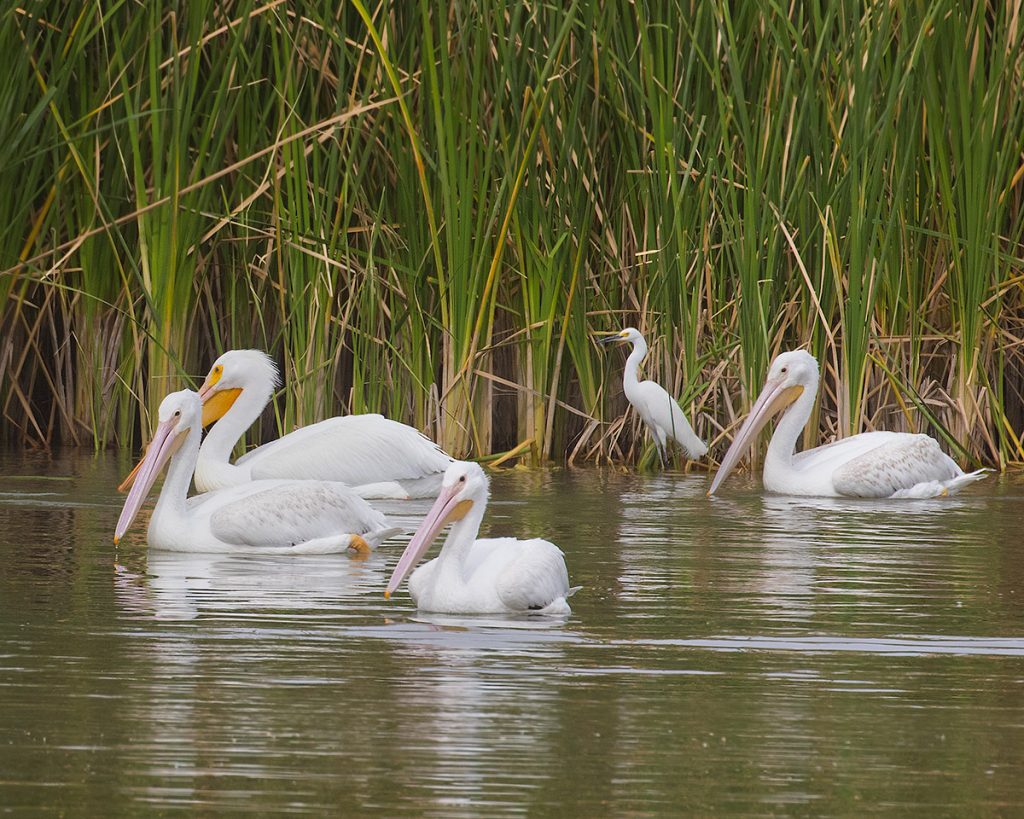




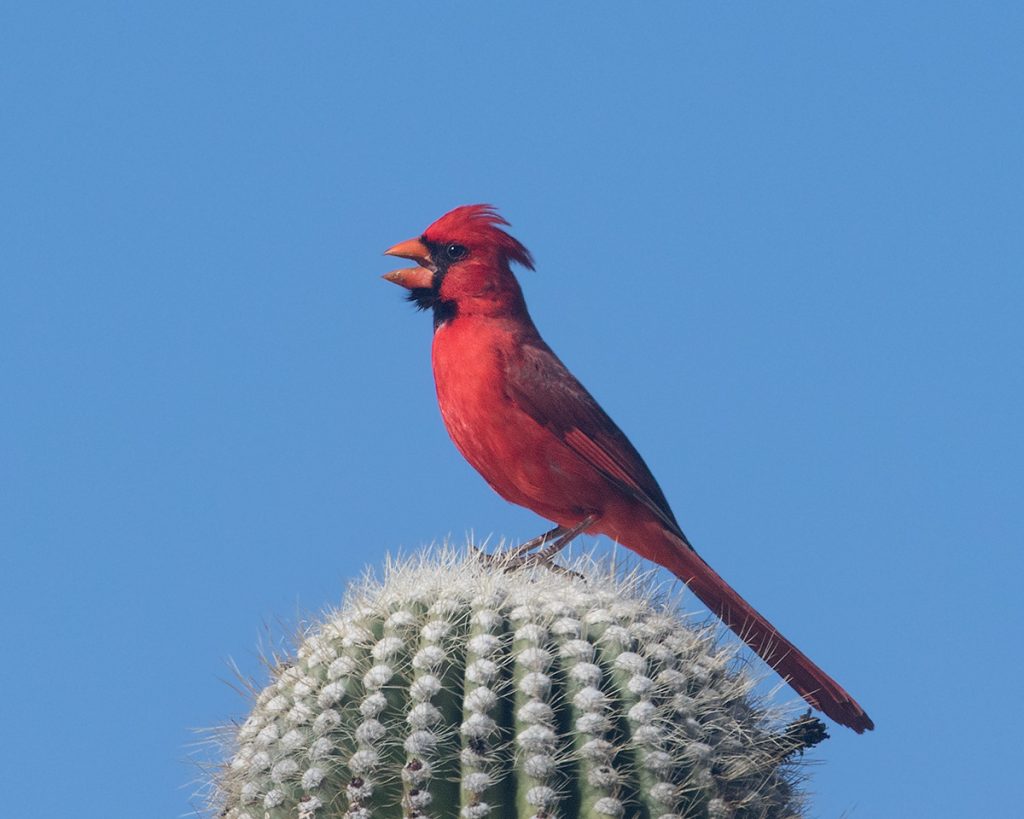
The new moon has come and gone, and I had to deal with a lot of clouds, heavy dew, and cold. However, with the new filter I was able to take advantage of some good weather over the last few days and I had great results. Birding has remained extremely slow, nothing but the regular desert birds. I had nine photos printed for the Sonoran Desert Photo Show that is taking place in March. It is always interesting to see all the photos that are on display, I hope there is good turnout.
